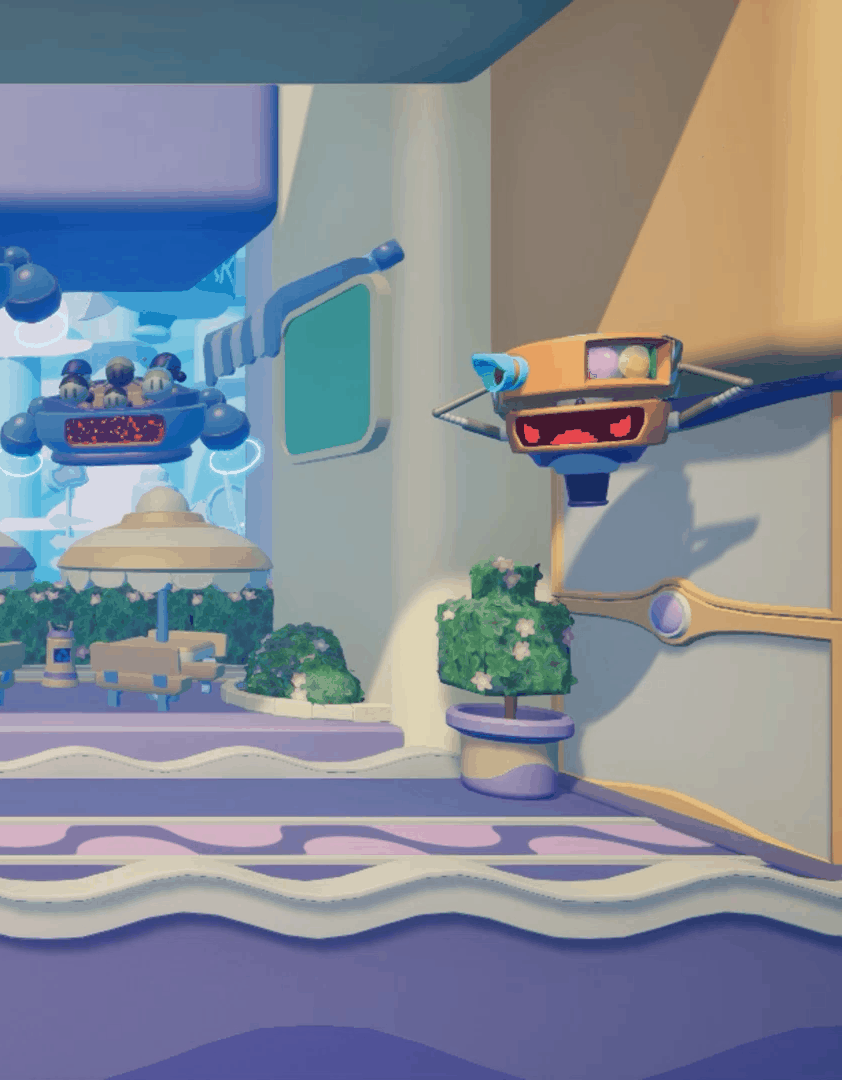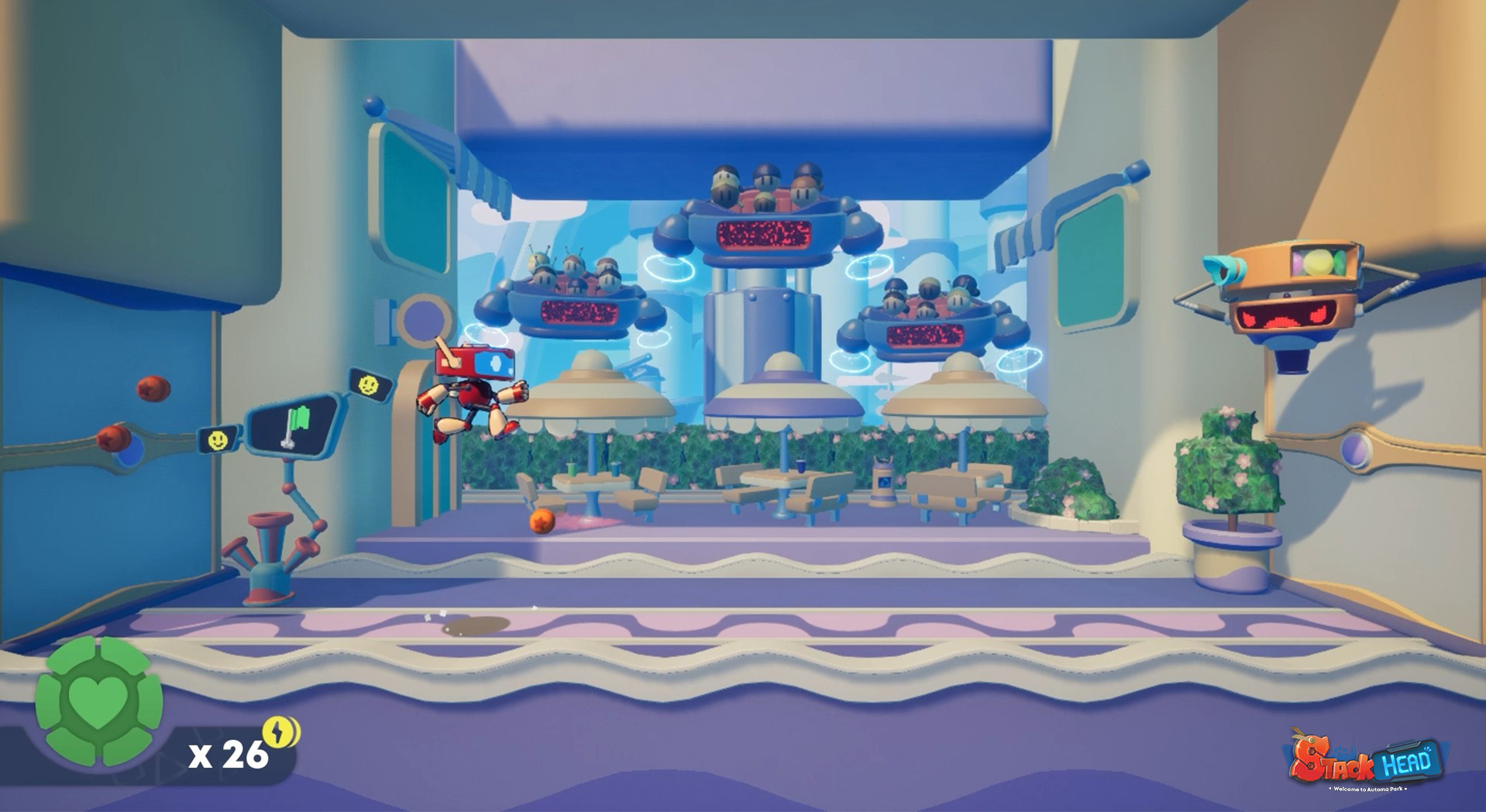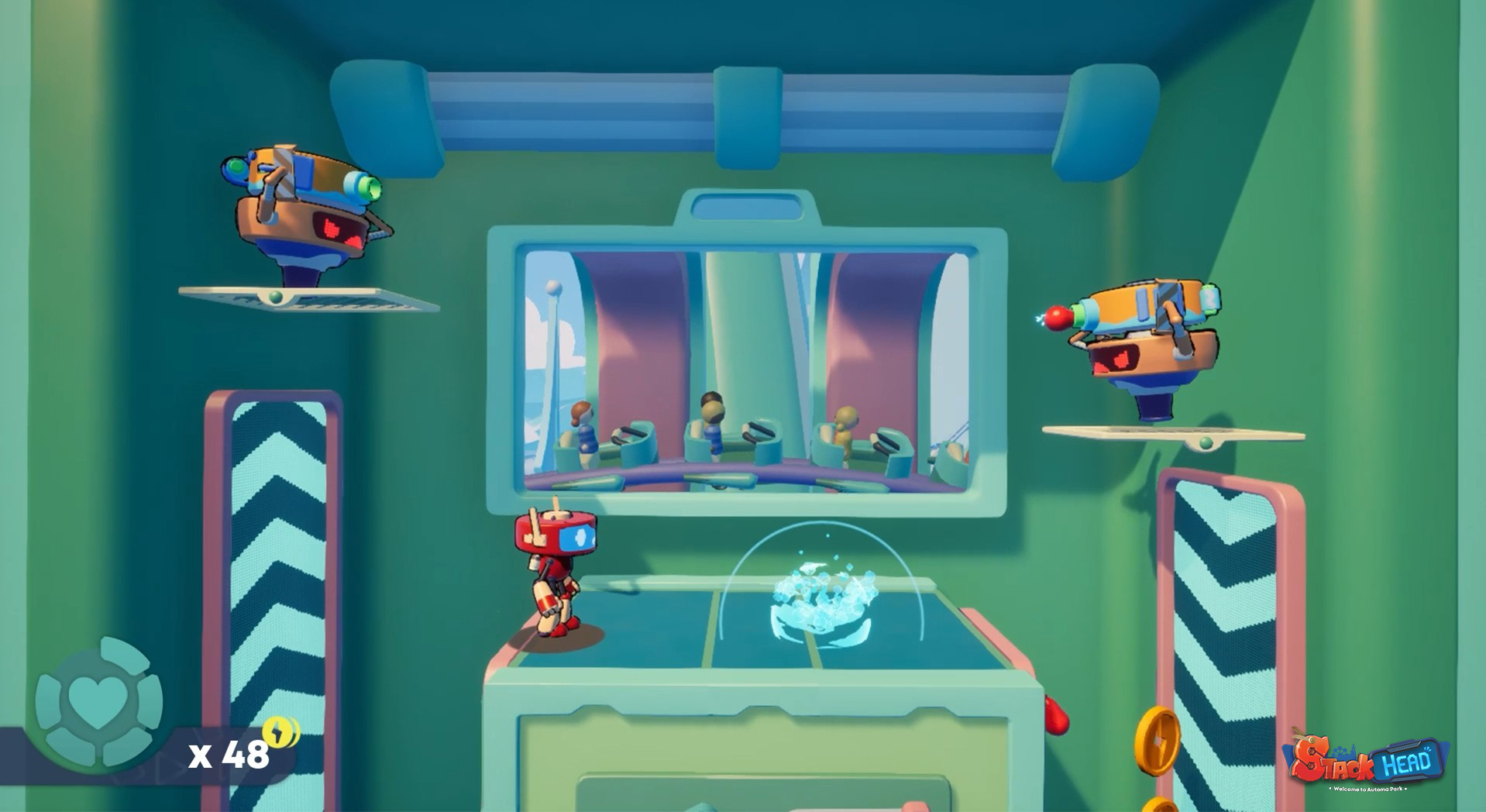Bring chaos in an amusement pARC
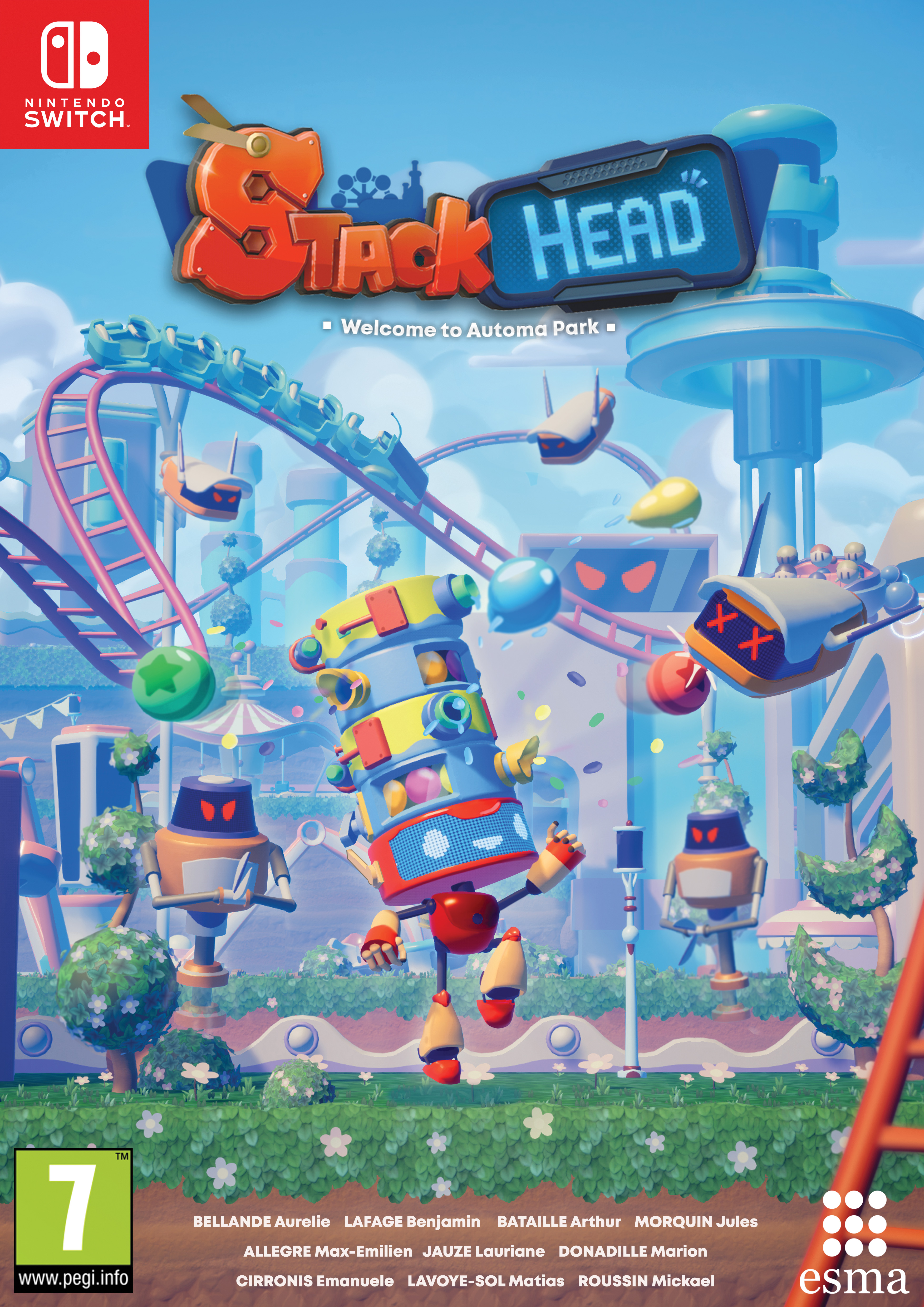
- Design sandbox layouts to test core mechanics, support emergent gameplay, and iterate based on incremental design philosophy.
- Block out levels based on early sketches, adjust according to gameplay metrics, and refine to support flow and navigation.
- Create engaging gameplay interactions by adapting level design to evolving game systems and player feedback.

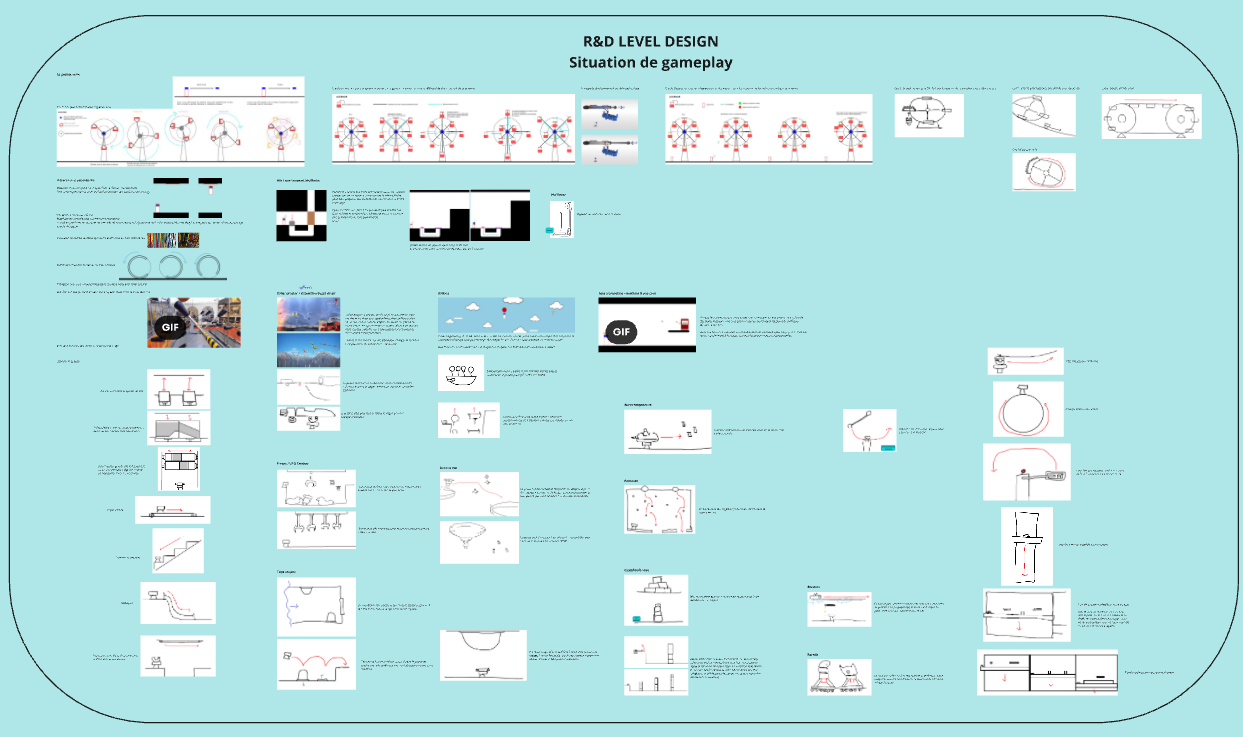
![[background image] image of unique furniture craftsmanship for a furniture store](https://cdn.prod.website-files.com/686e3e9cabe2a83f1976e0a0/6874e99cd97d7a6527a046df_9621464cfa3d7f79fd87f3fa7e9b9266_Screen_BPTsunami_Ar%C3%A8ne_Lvl1.jpg)
- Place enemies strategically and configure their behavior using designer-friendly tools provided by programmers.
- Ensure a balanced gameplay experience through continuous testing, iteration, and tuning.
- Handle lighting setup for each level to support gameplay readability, mood, and player guidance.
- Organize and conduct playtests to gather feedback and improve the overall quality of the levels.
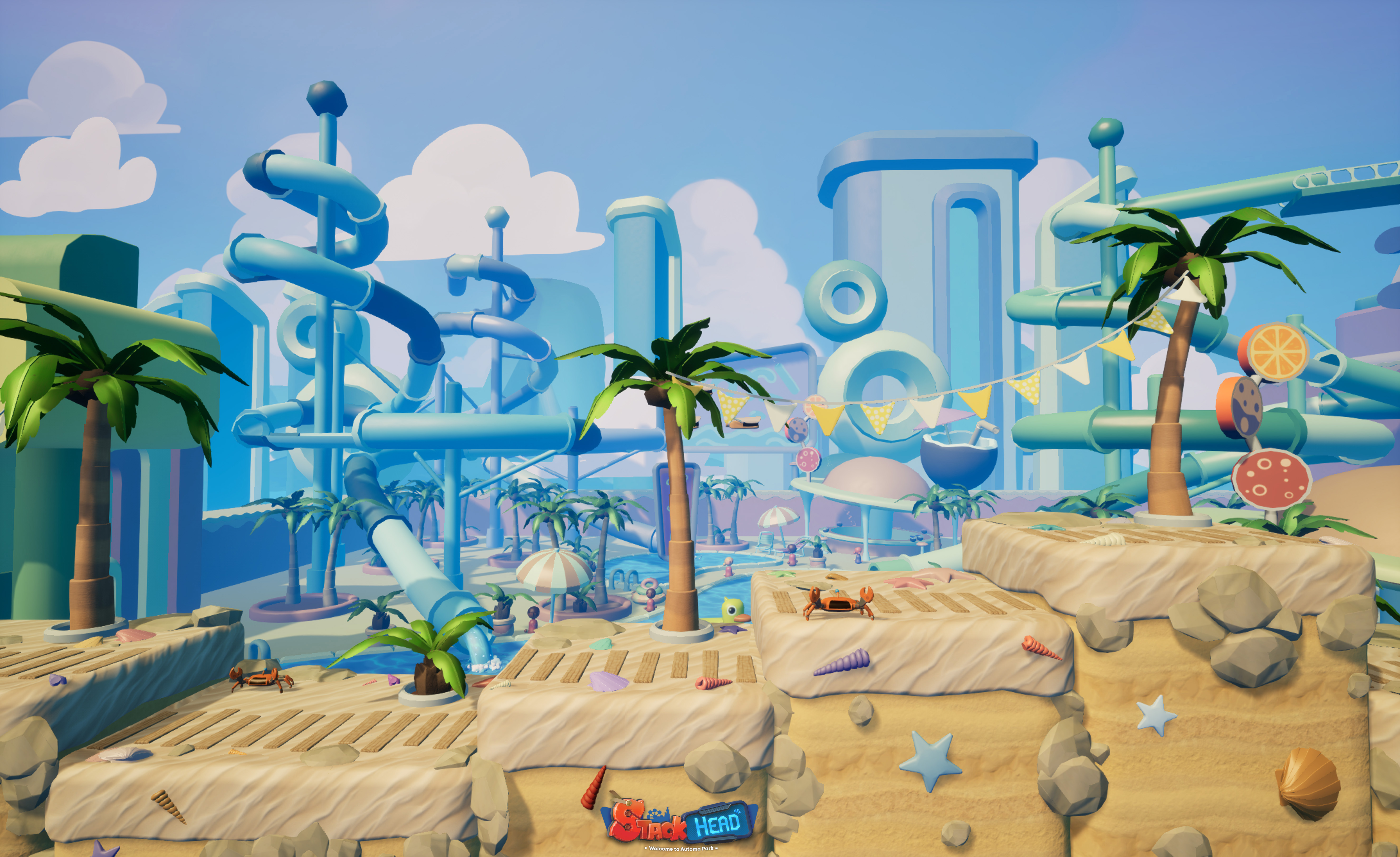
![[background image] image of unique furniture craftsmanship for a furniture store](https://cdn.prod.website-files.com/686e3e9cabe2a83f1976e0a0/68712cb8f0966f3166f30466_4c370325e6d841a57f83b227c20c5f15_Niv1.gif)
- Layout design
- Blockout
- Gameplay scripting (enemy behavior, logic)
- Enemy placement & balancing
- Playtest planning & feedback analysis
- Lighting & mood setup (level art)
- Iterative refinement based on metrics and feedback
From early sketches to a complete concept, the project evolved over several months. Following playtests, some mechanics were reworked to better fit the linear, side-scrolling level design. Levels became progressively longer to support a smoother learning curve and give players time to master each mechanic. Each arena uses a fixed camera.
Stack up. Power up.
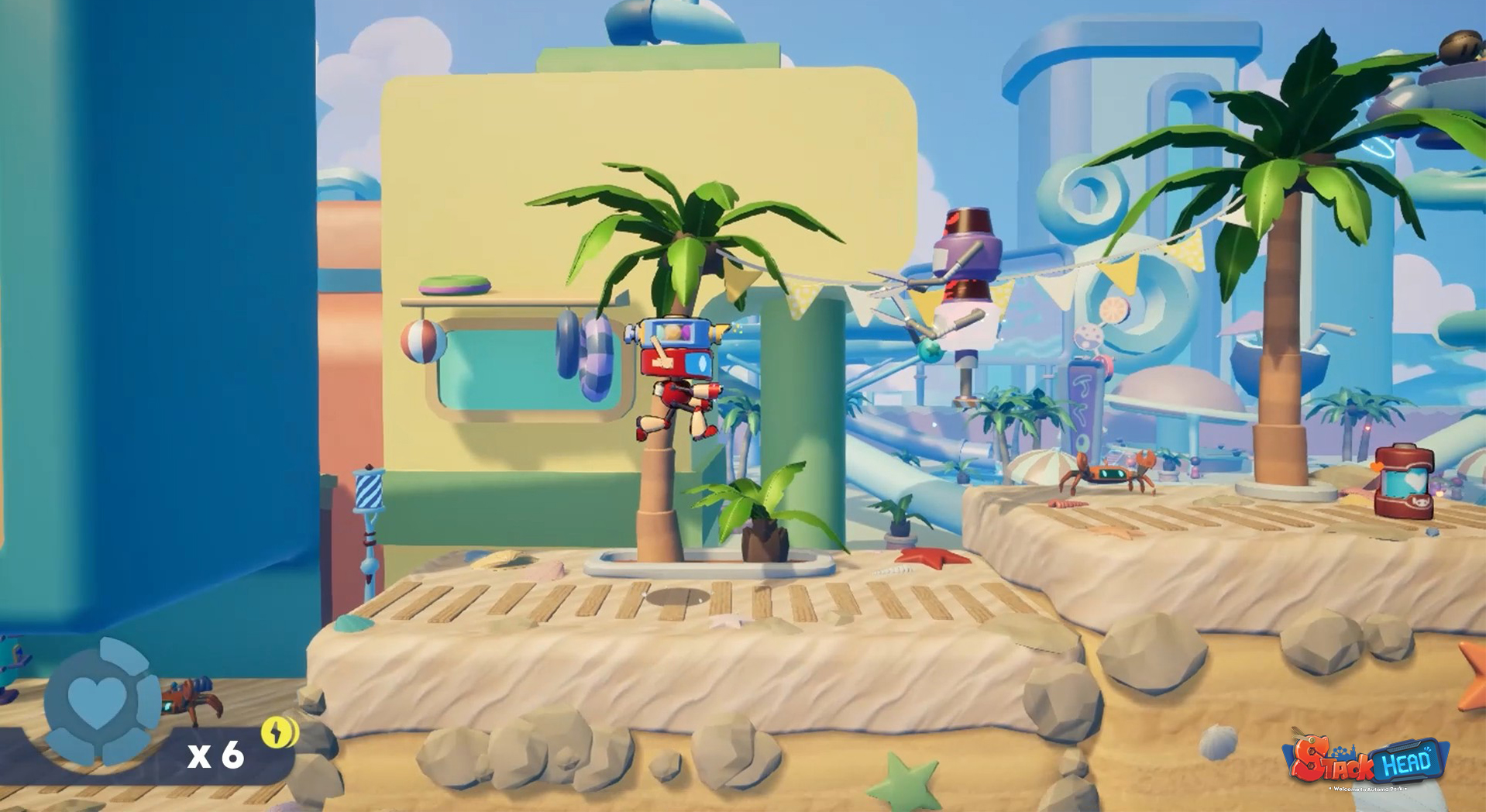
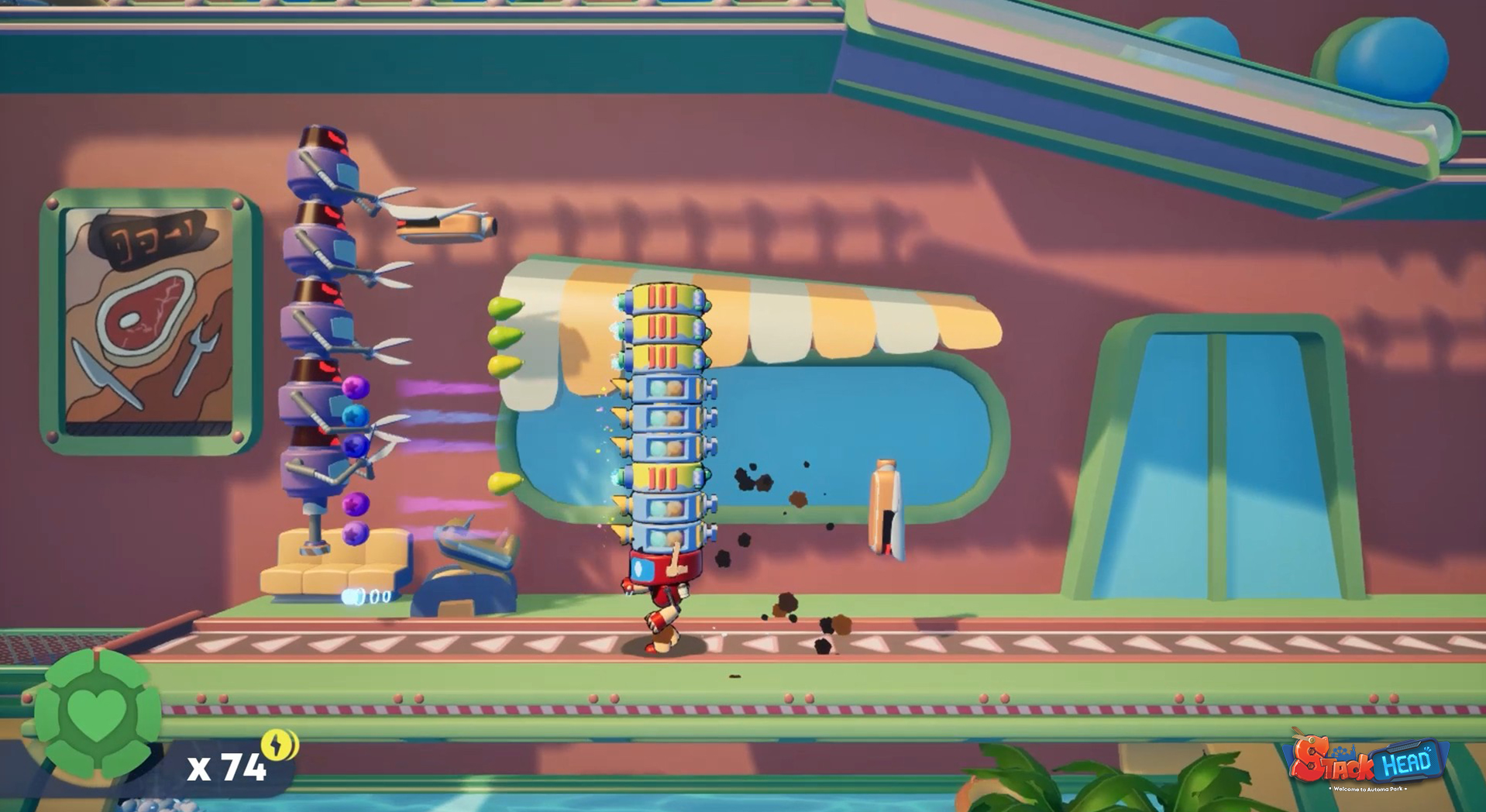
Adaptable to all playstyles, from speedrunners to completionists.
By holding the jump button, the player reaches a higher platform — this is a classic variable-height jump mechanic.

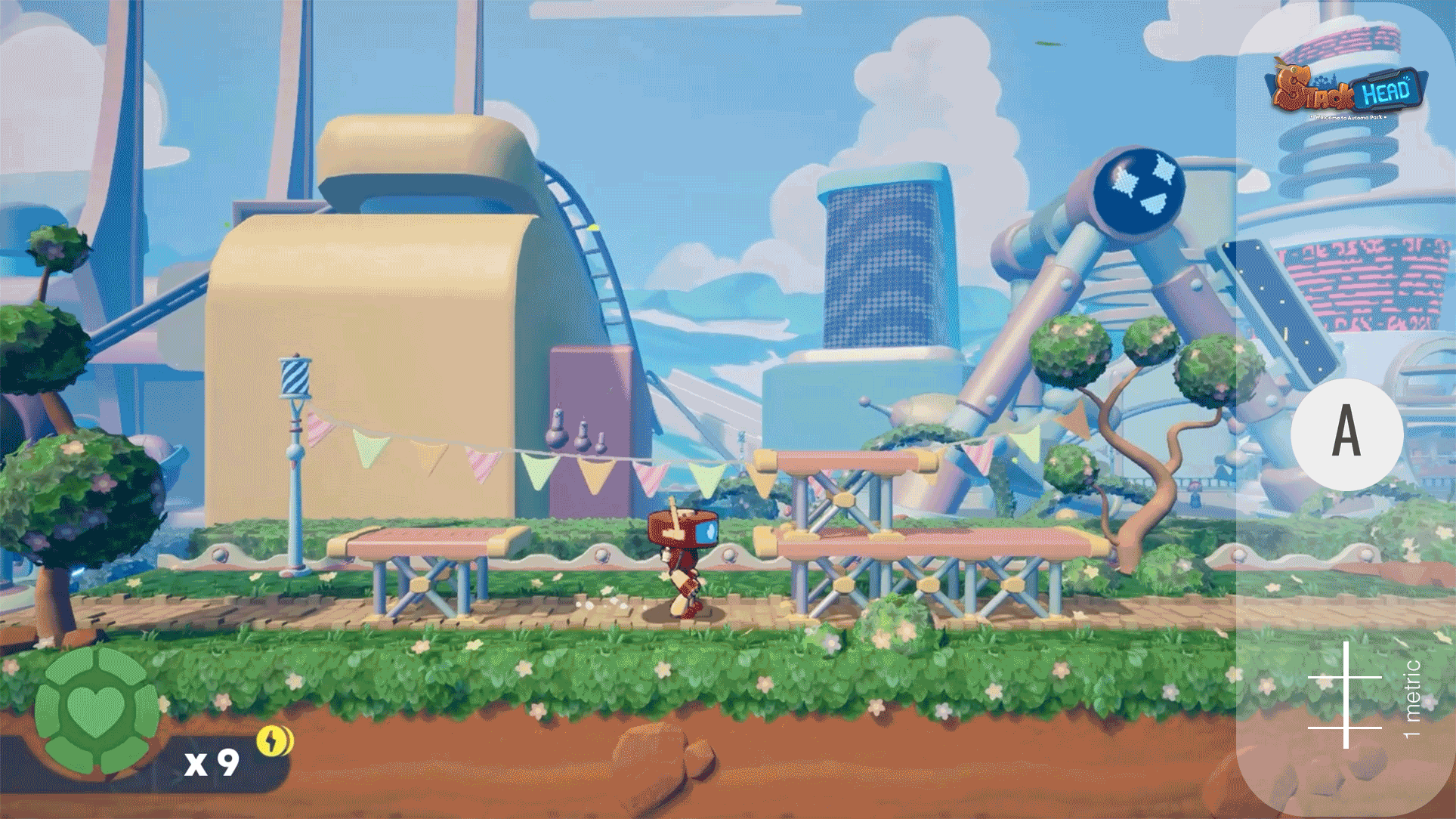
The coins act as breadcrumbs in all levels.
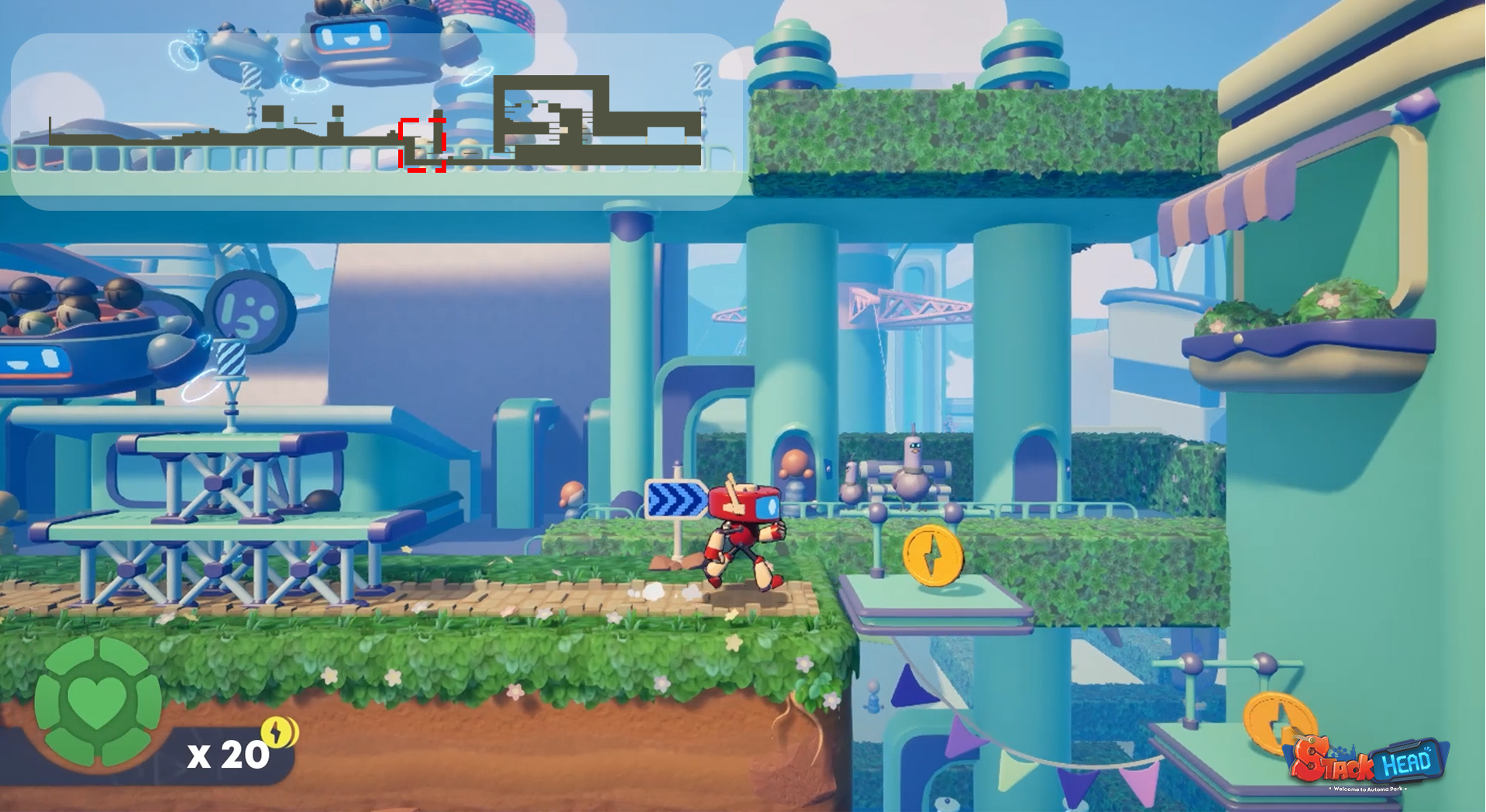
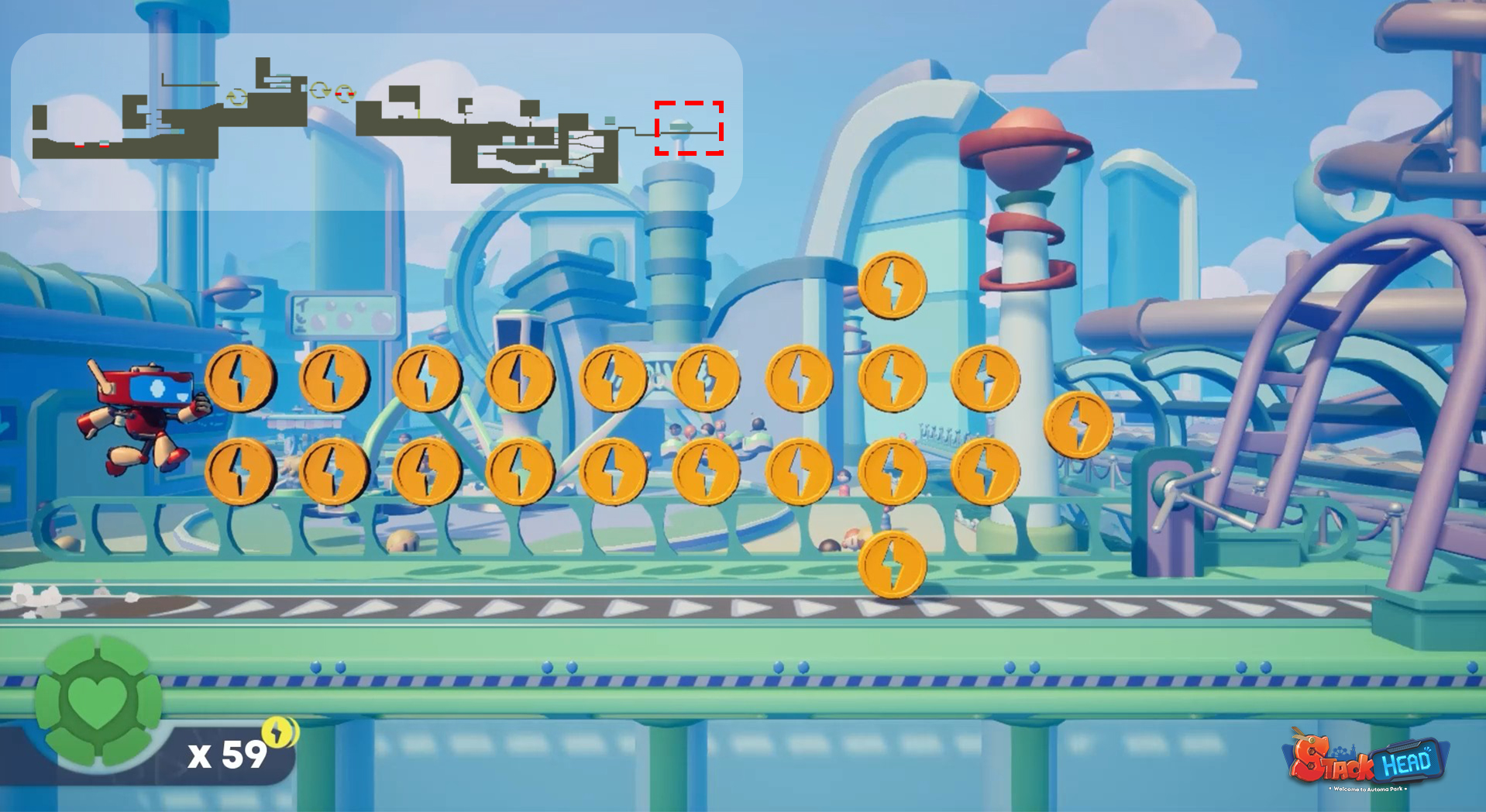
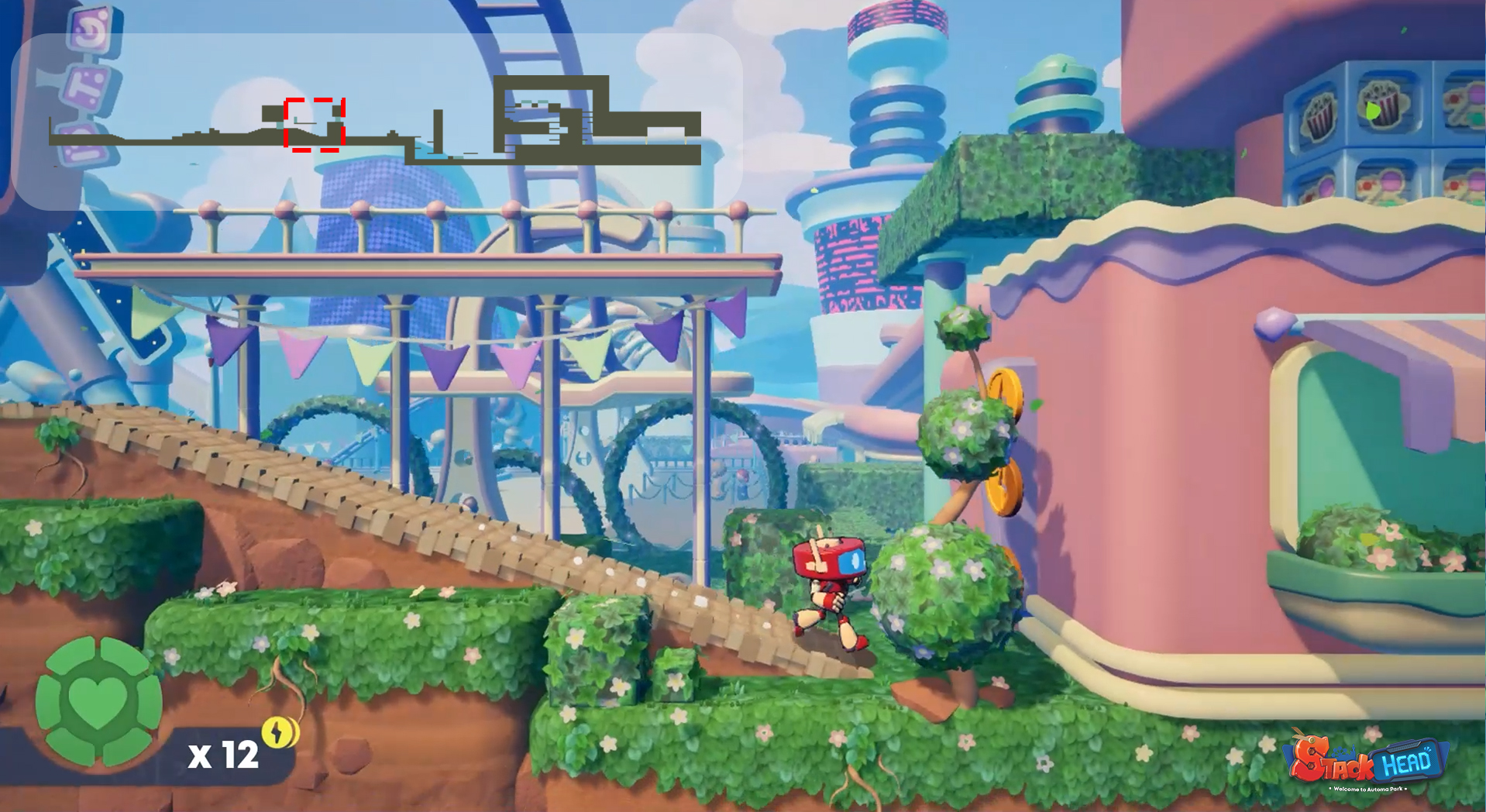
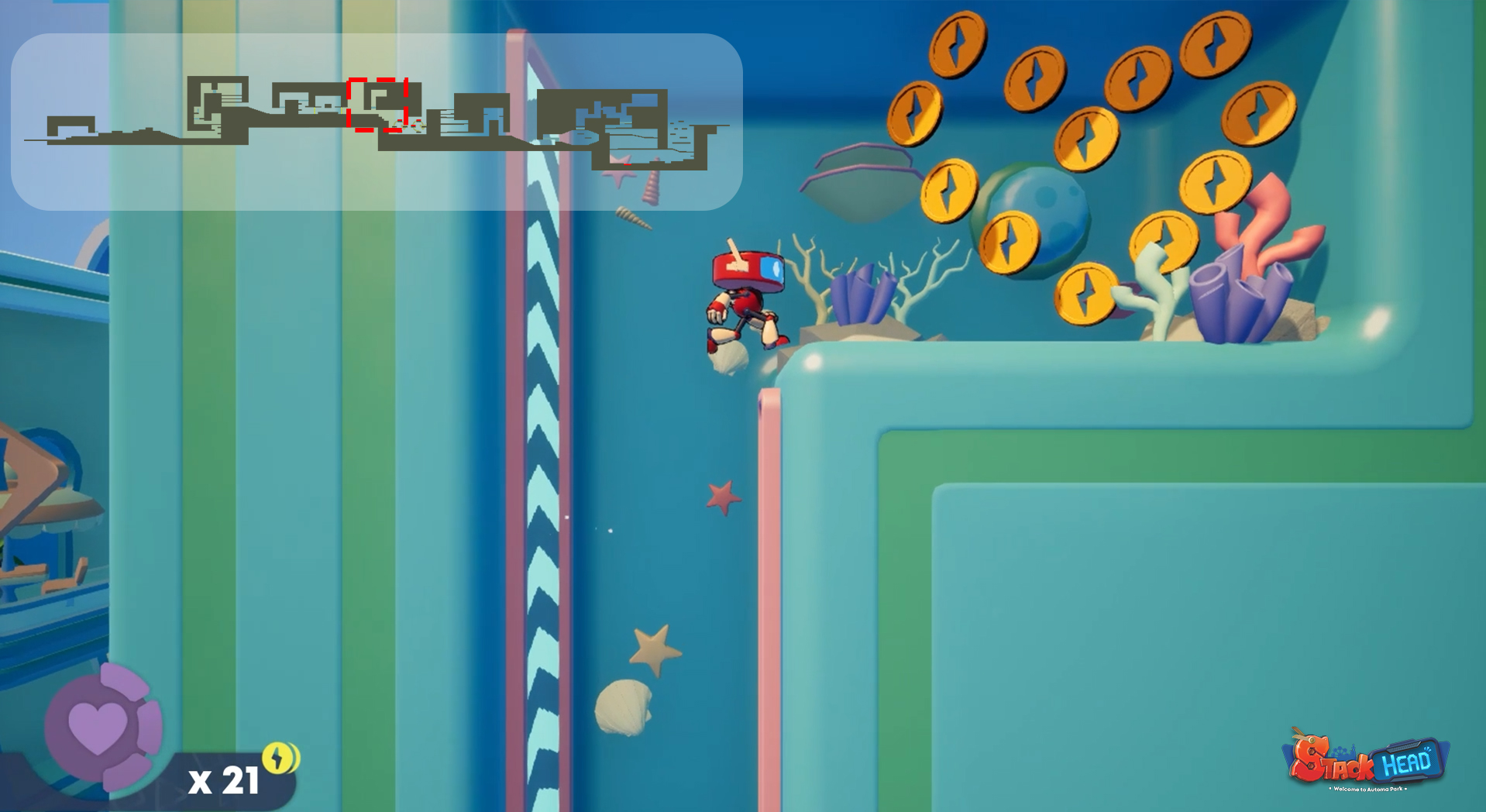
The first level serves as a tutorial. Its goal is to teach the player the basics of movement and shooting. The player encounters their first enemies in a safe environment without traps. The challenge is intentionally low to encourage experimentation. This level also establishes the foundation of our gameplay loop: platforming-based exploration, combat, and progression through power-ups.
The first level is lush and green, with playful, childlike attractions.
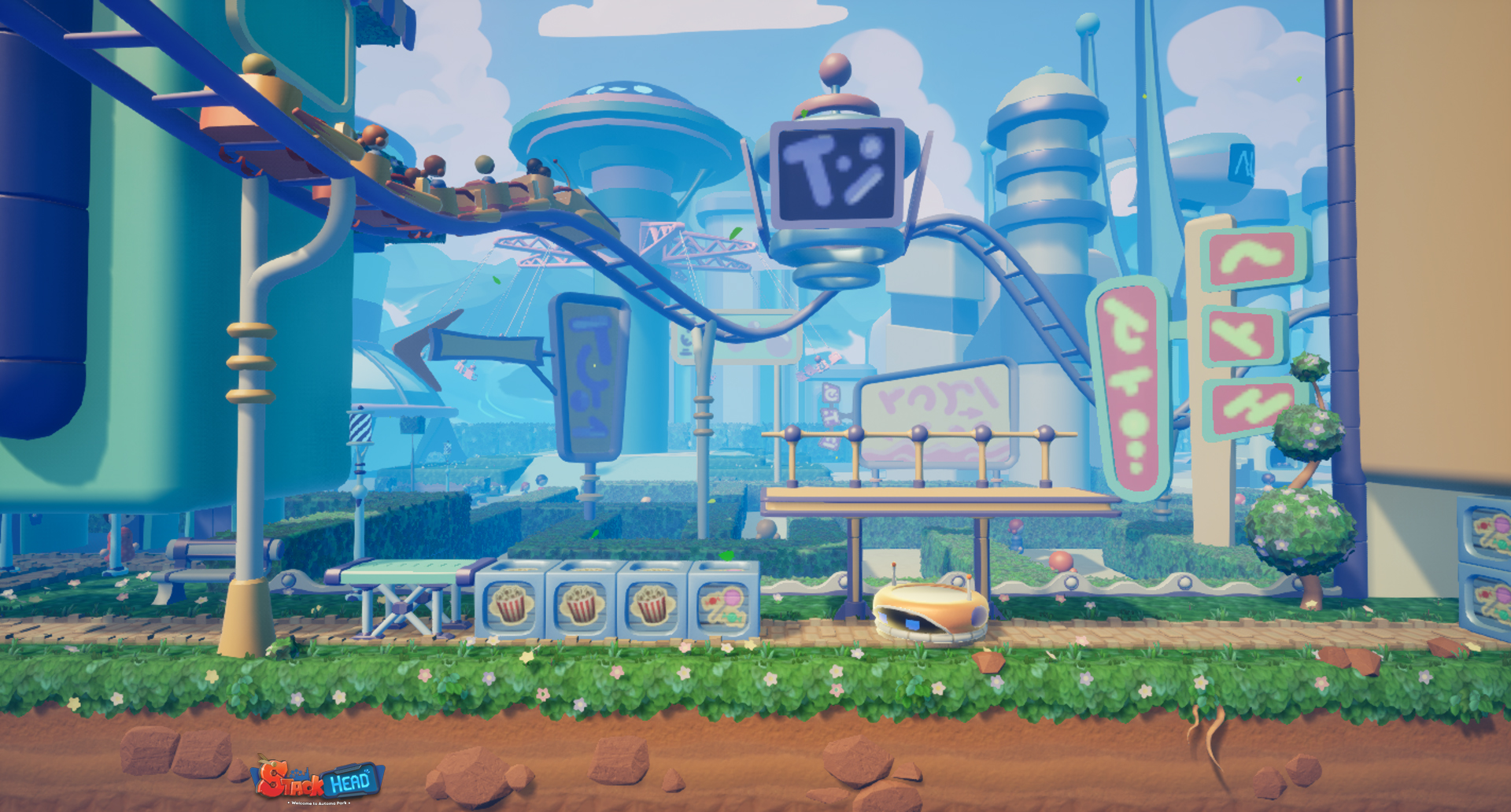
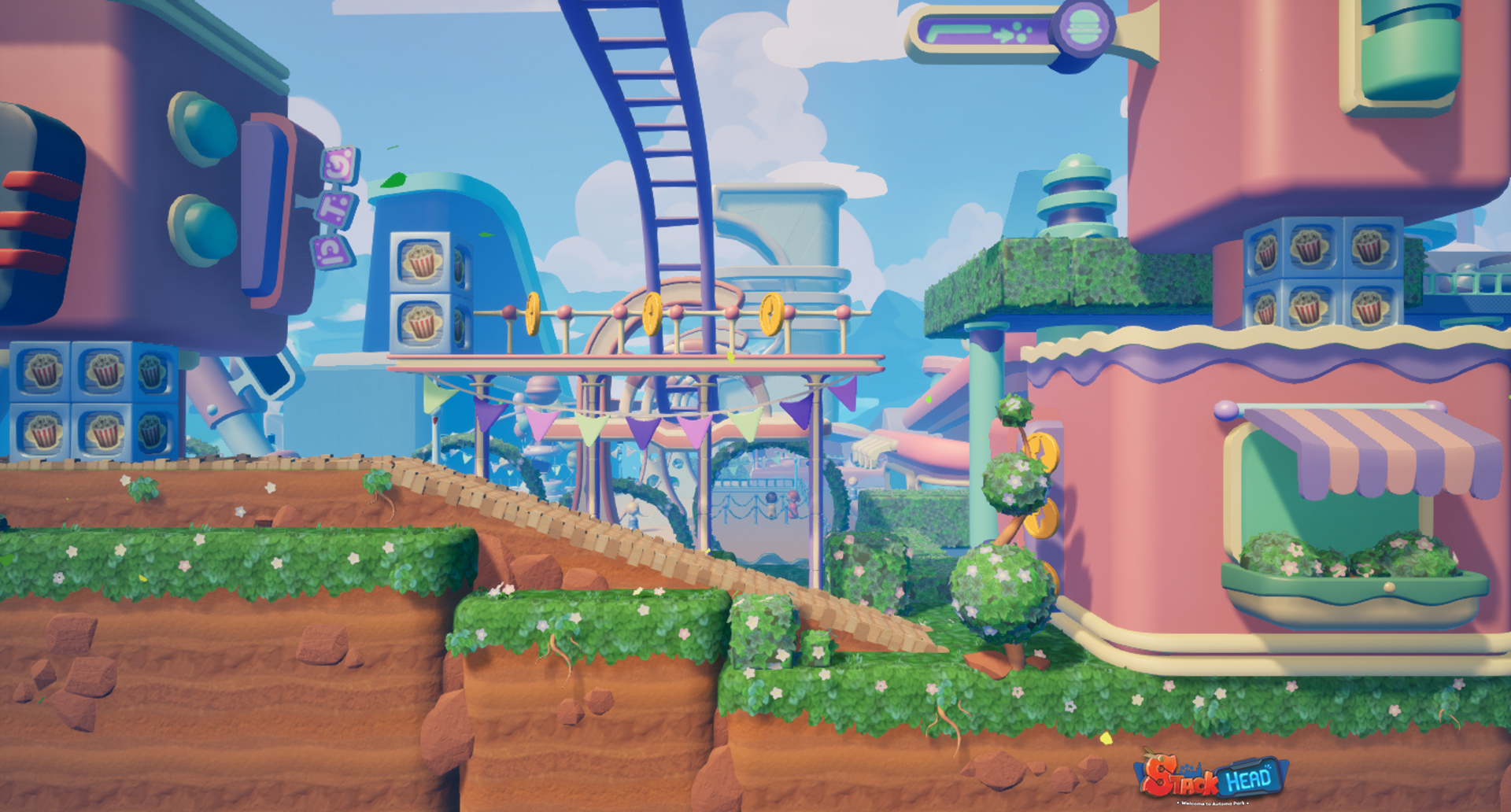
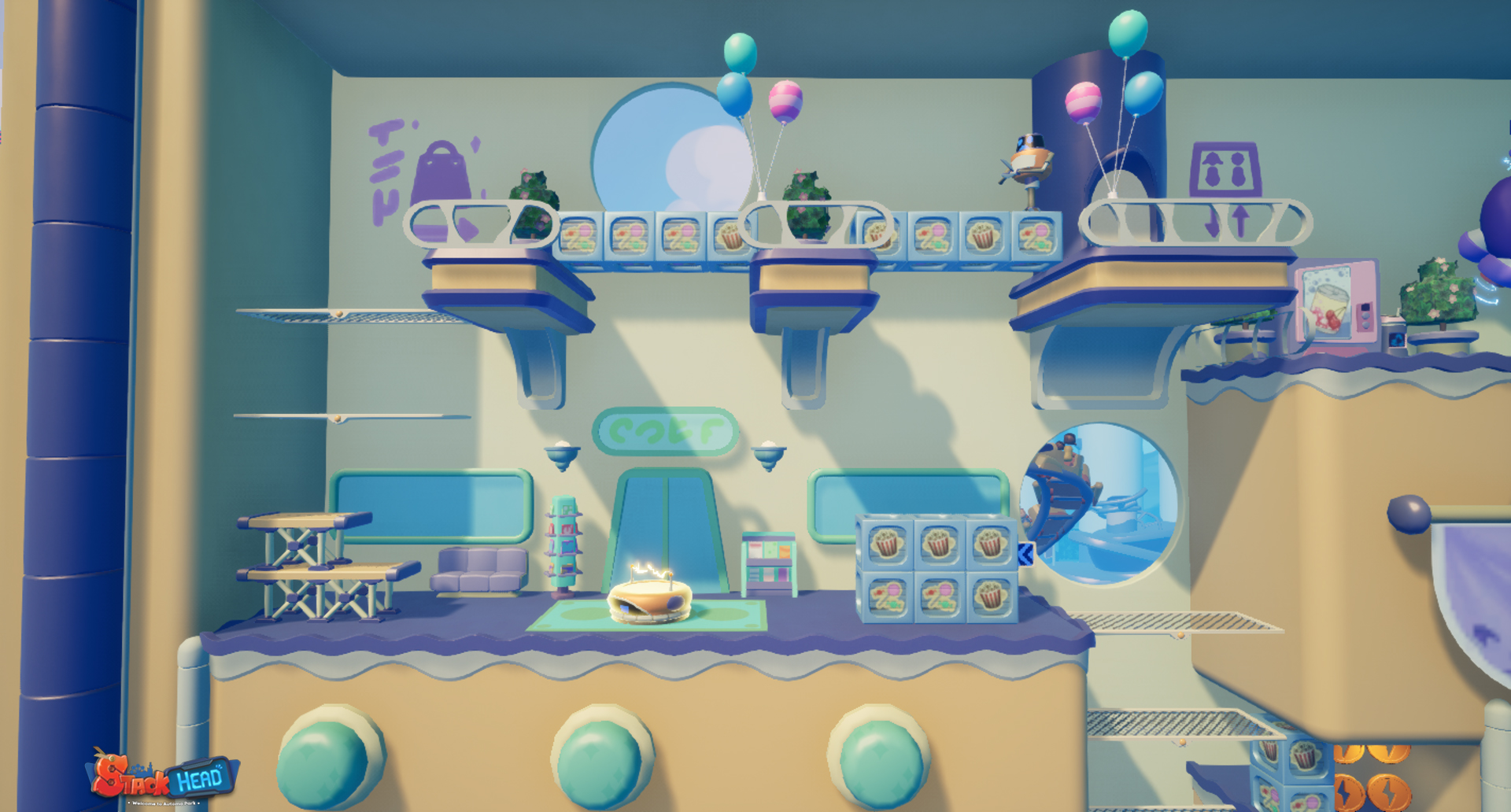
Learn. Experiment. Play.
In the second level, the challenge increases. The player now has to progress through an environment filled with more enemies and obstacles. A key element of the park is introduced here: the Ferris wheels. This is also the first time the player experiences the mode-switch mechanic, offering a strategic choice between power and mobility.
The second level is a cactus-themed world filled with exciting attractions, more enemies, and new obstacles.
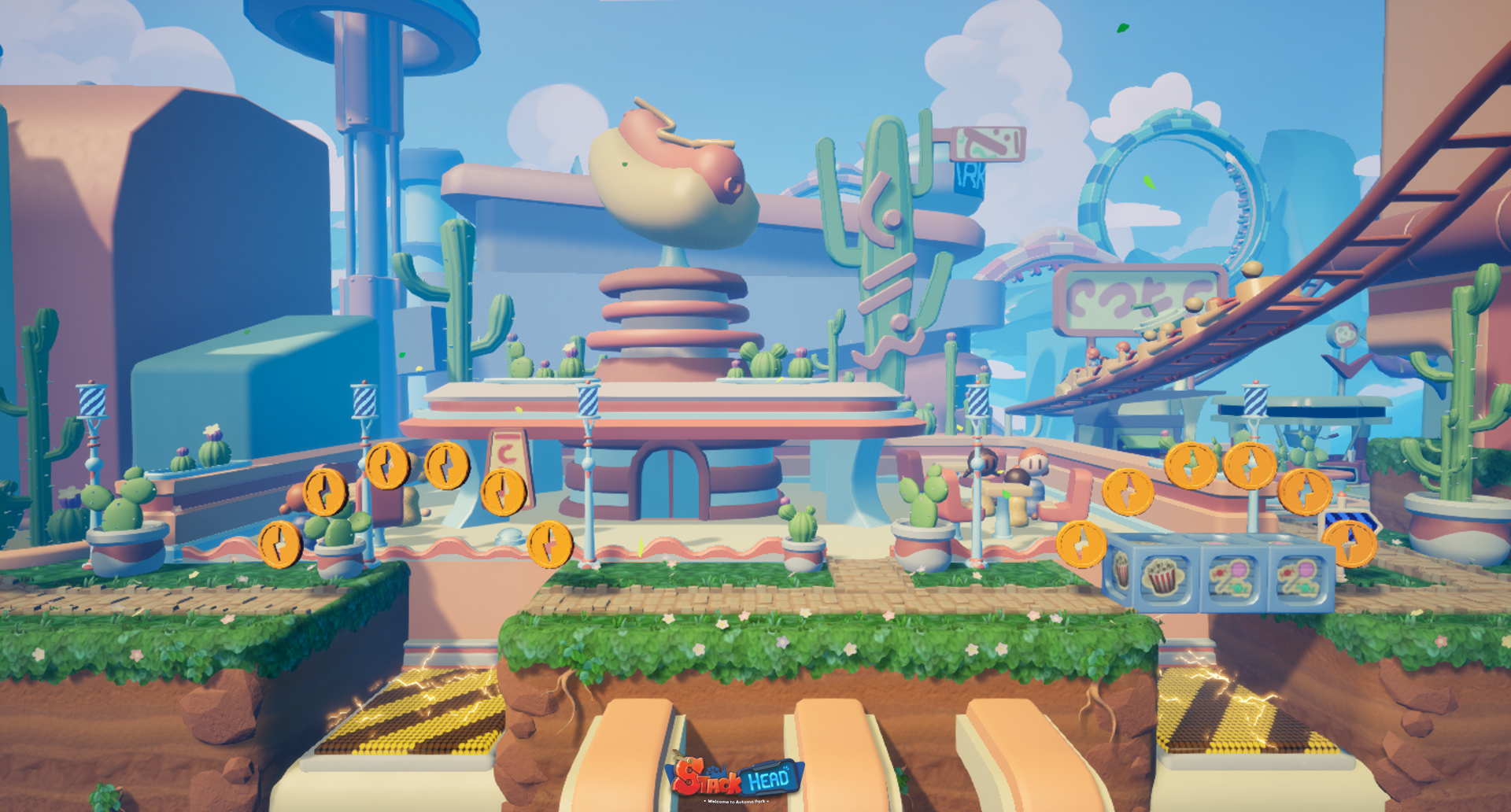

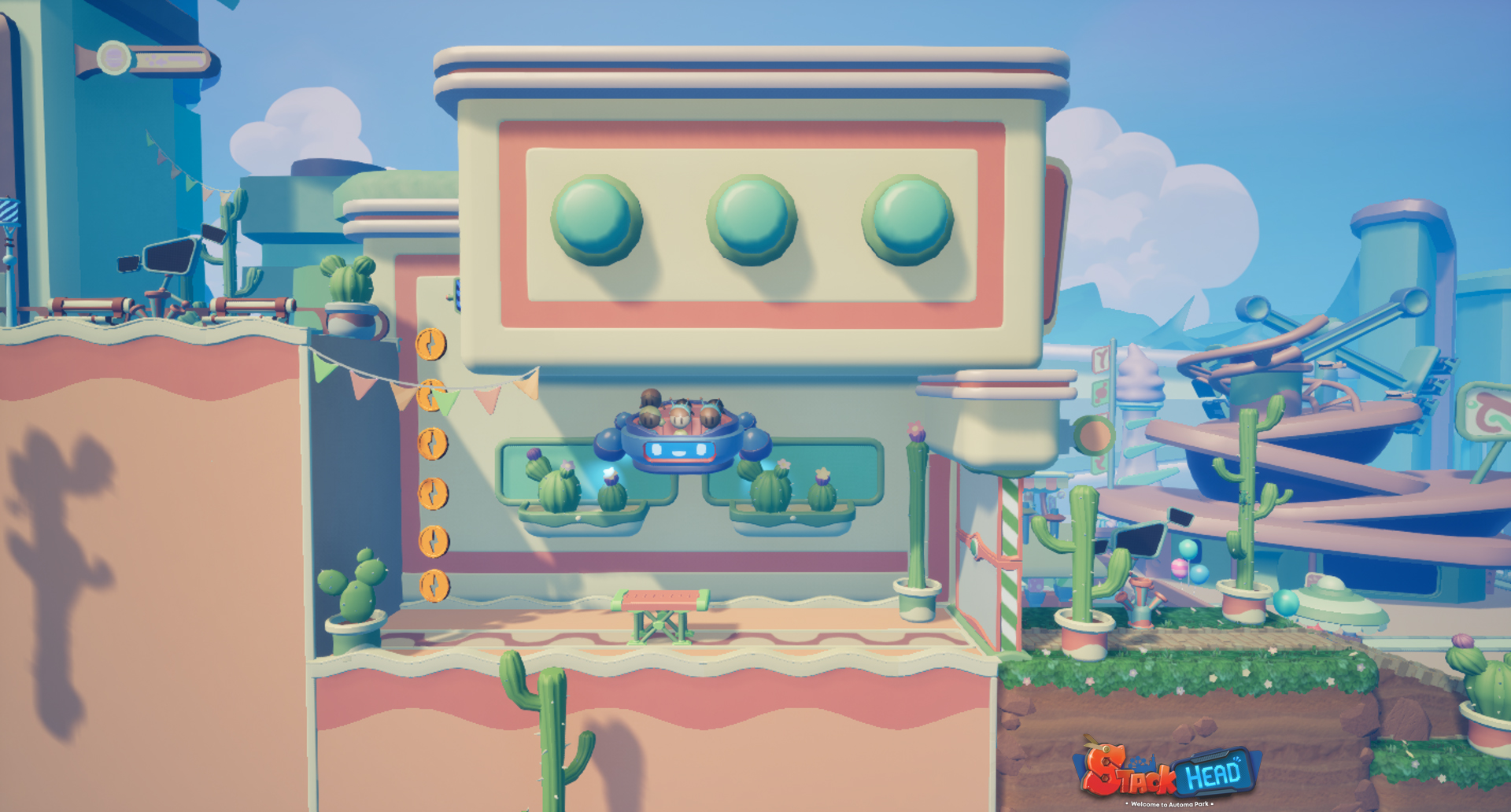
Play. Experiment. Play again
The third level introduces new platforming mechanics and offers the player a significant firepower upgrade to face tougher enemies. With the addition of wall-jumping, the level design becomes more vertical, bringing greater challenges in both traversal and combat. Here, players must find the right balance between raw power and agility.
Dive into a thrilling water park where new obstacles, stronger enemies, and vertical gameplay raise the stakes.
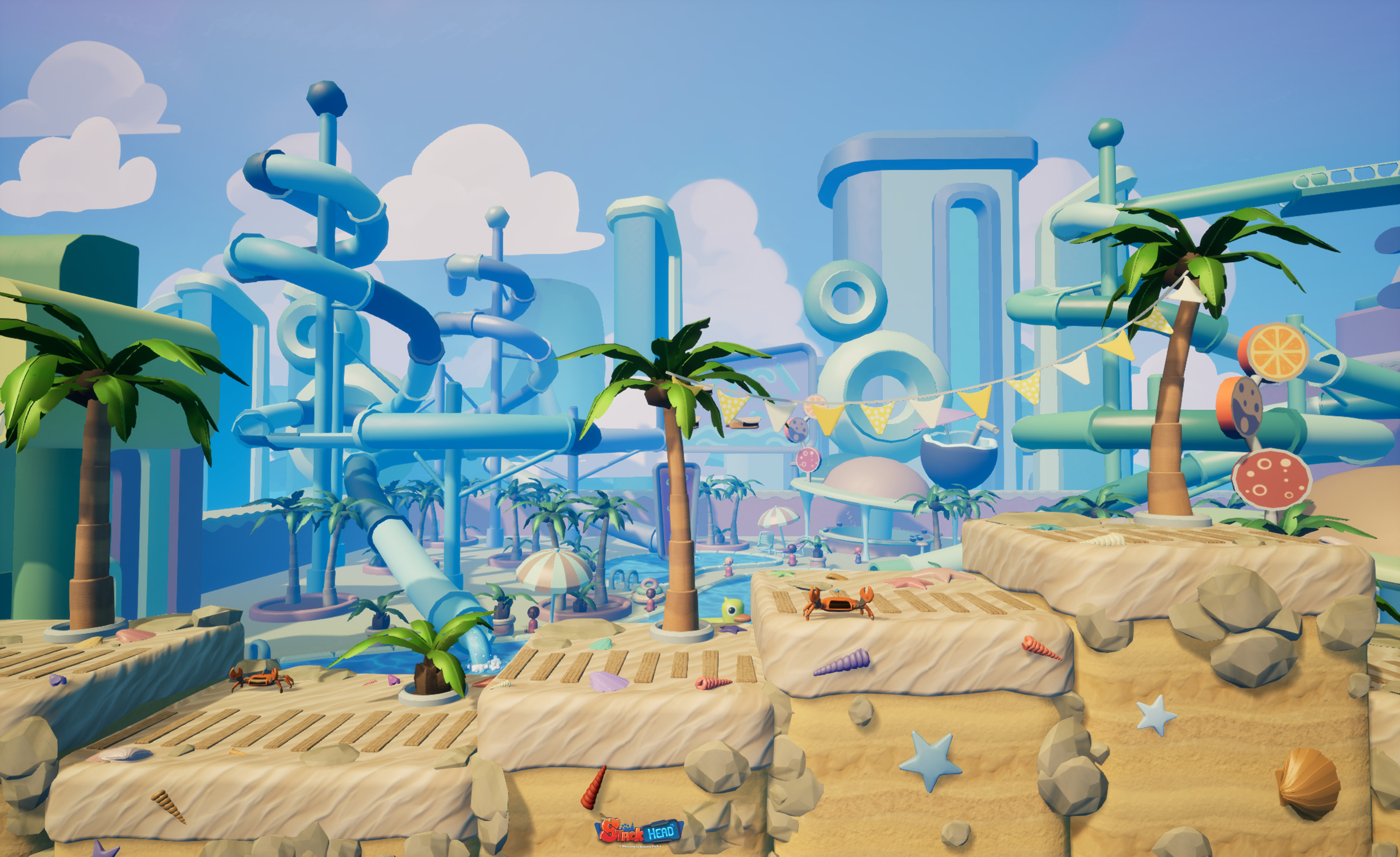
.jpg)
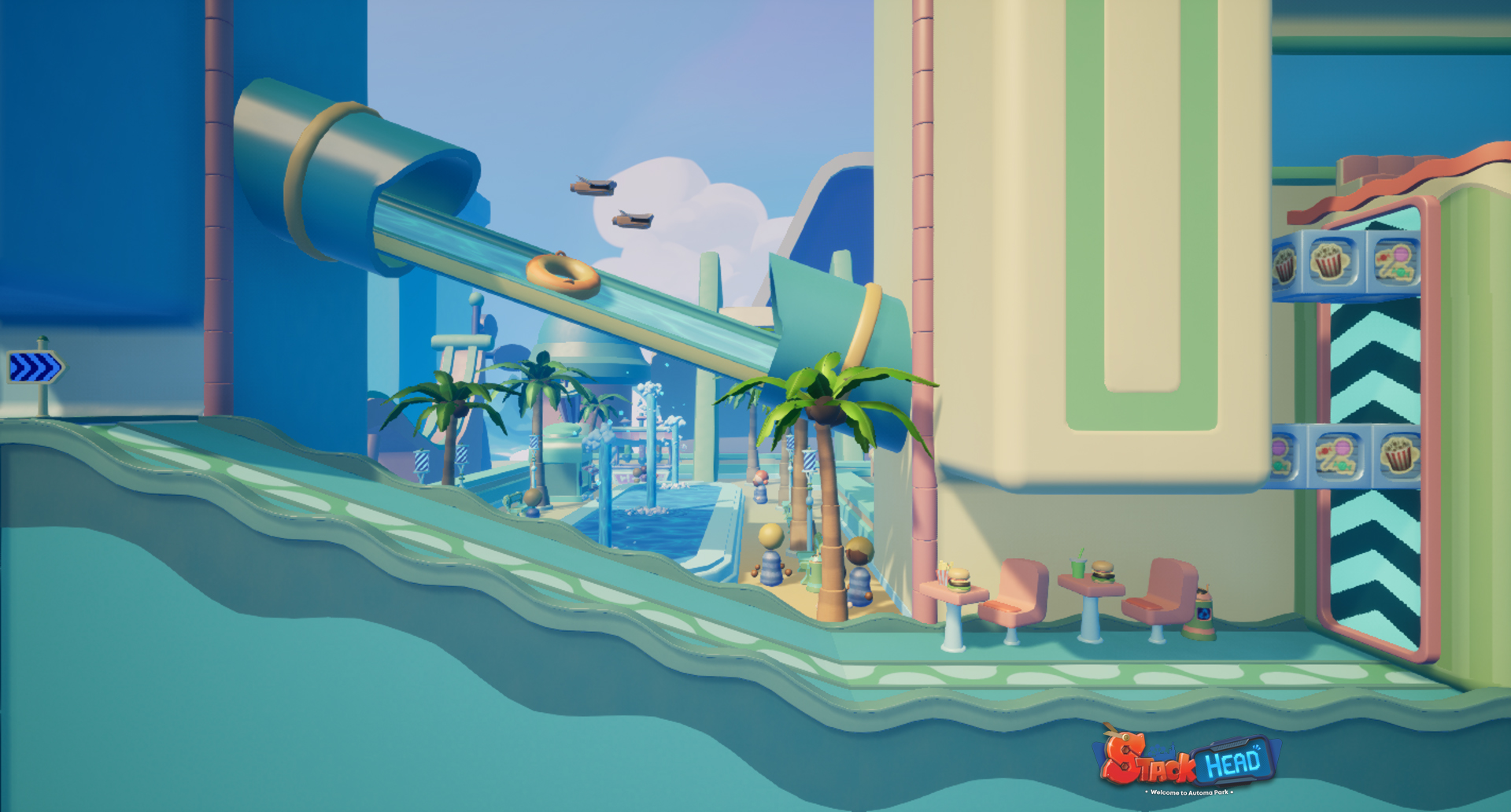
Platforming. Stacking. Shooting.
Confront the AI boss behind the amusement park, where chaos meets control.
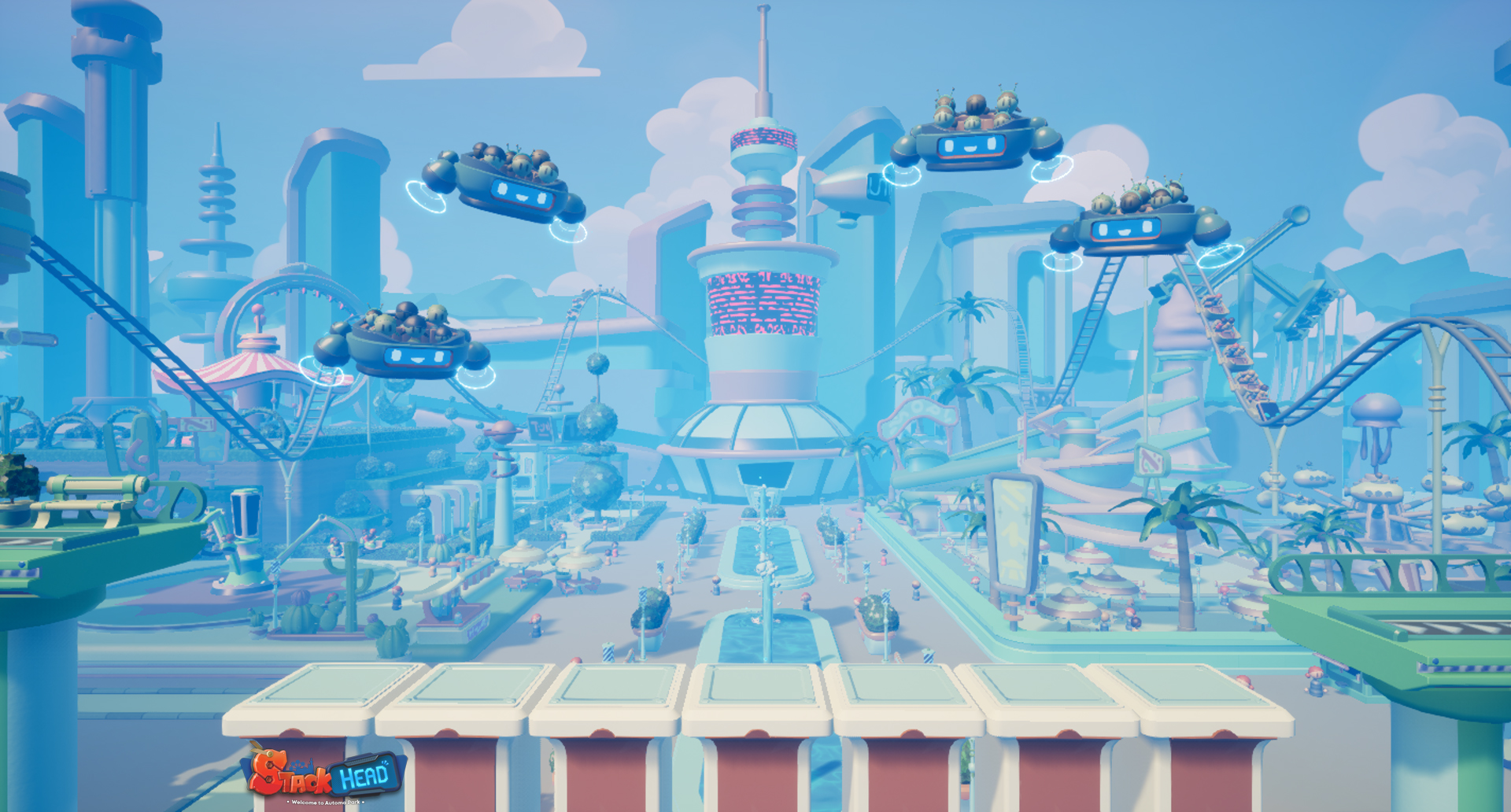
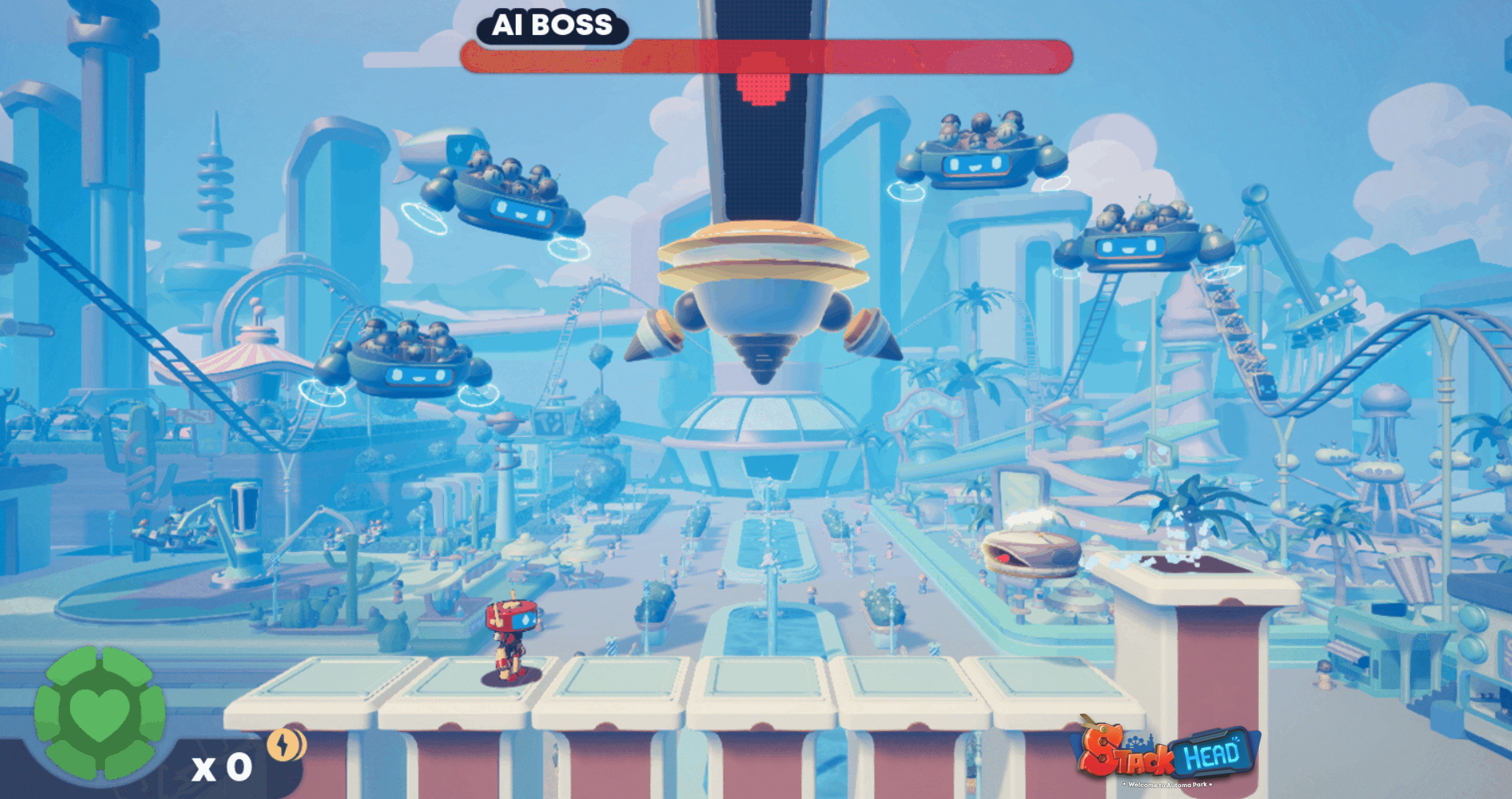
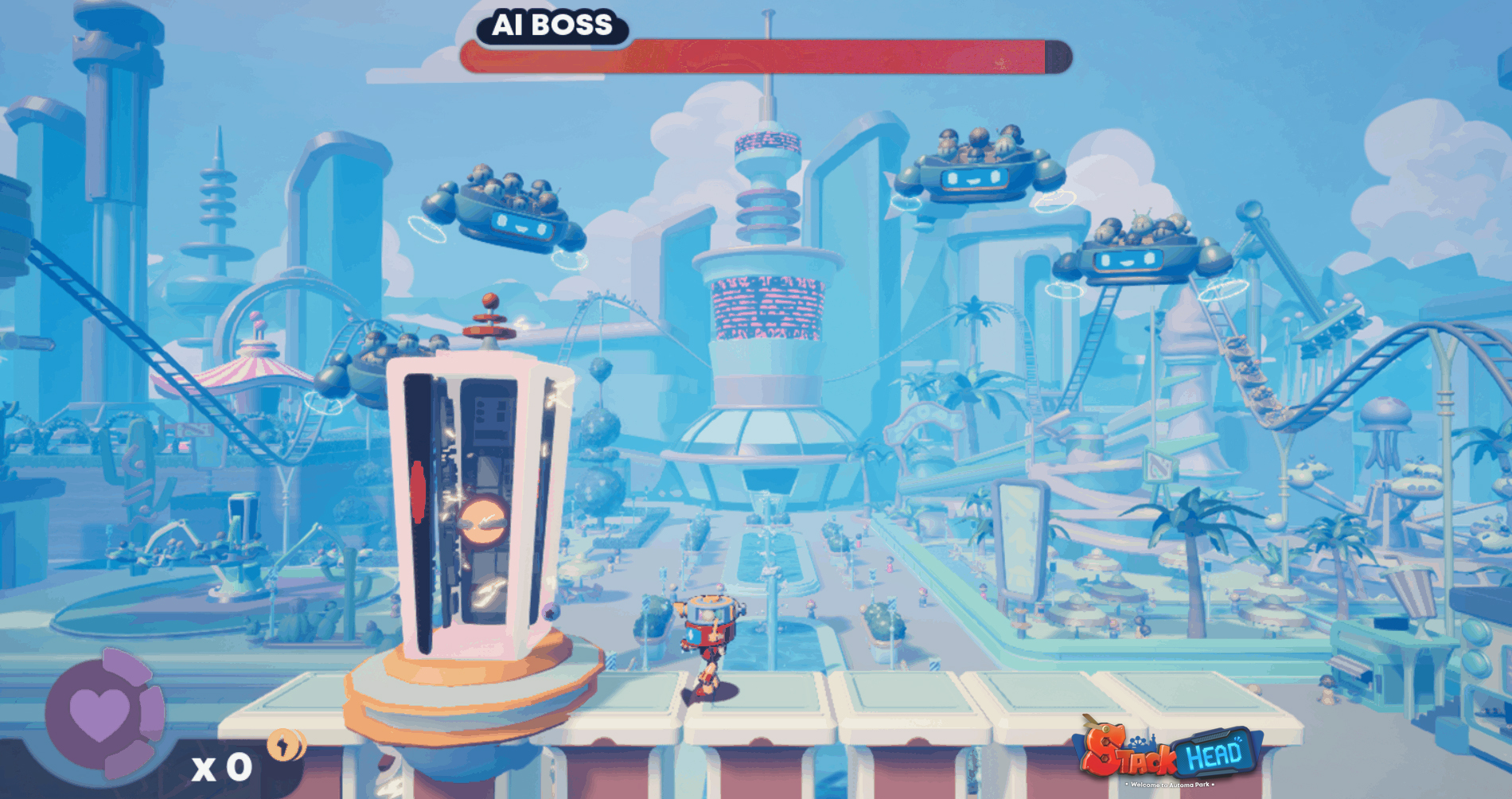
Master every mechanic to overcome the final and smartest threat
A cannon-fodder enemy in charge of the park’s garden maintenance.
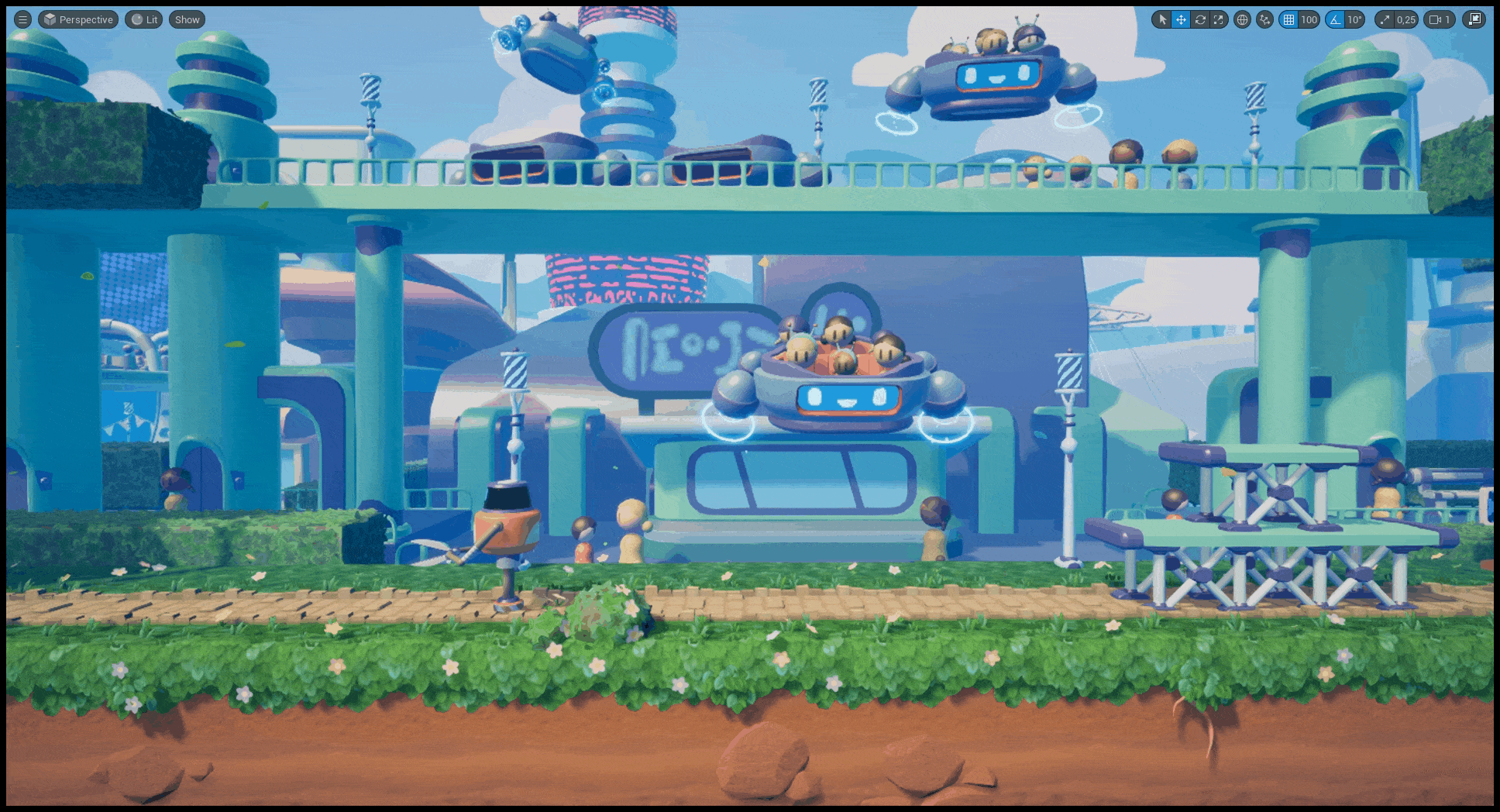
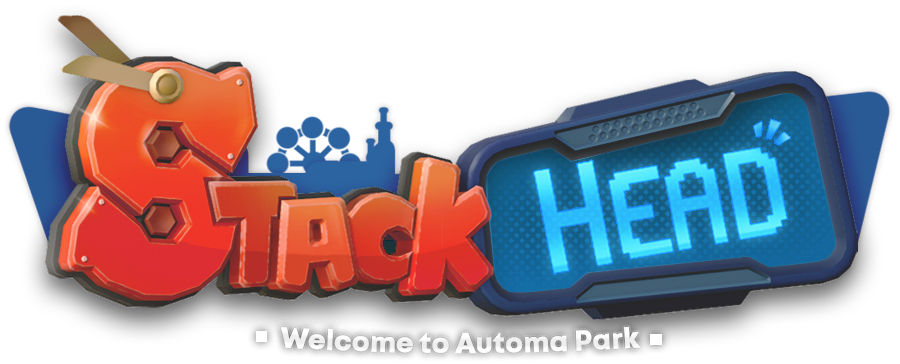
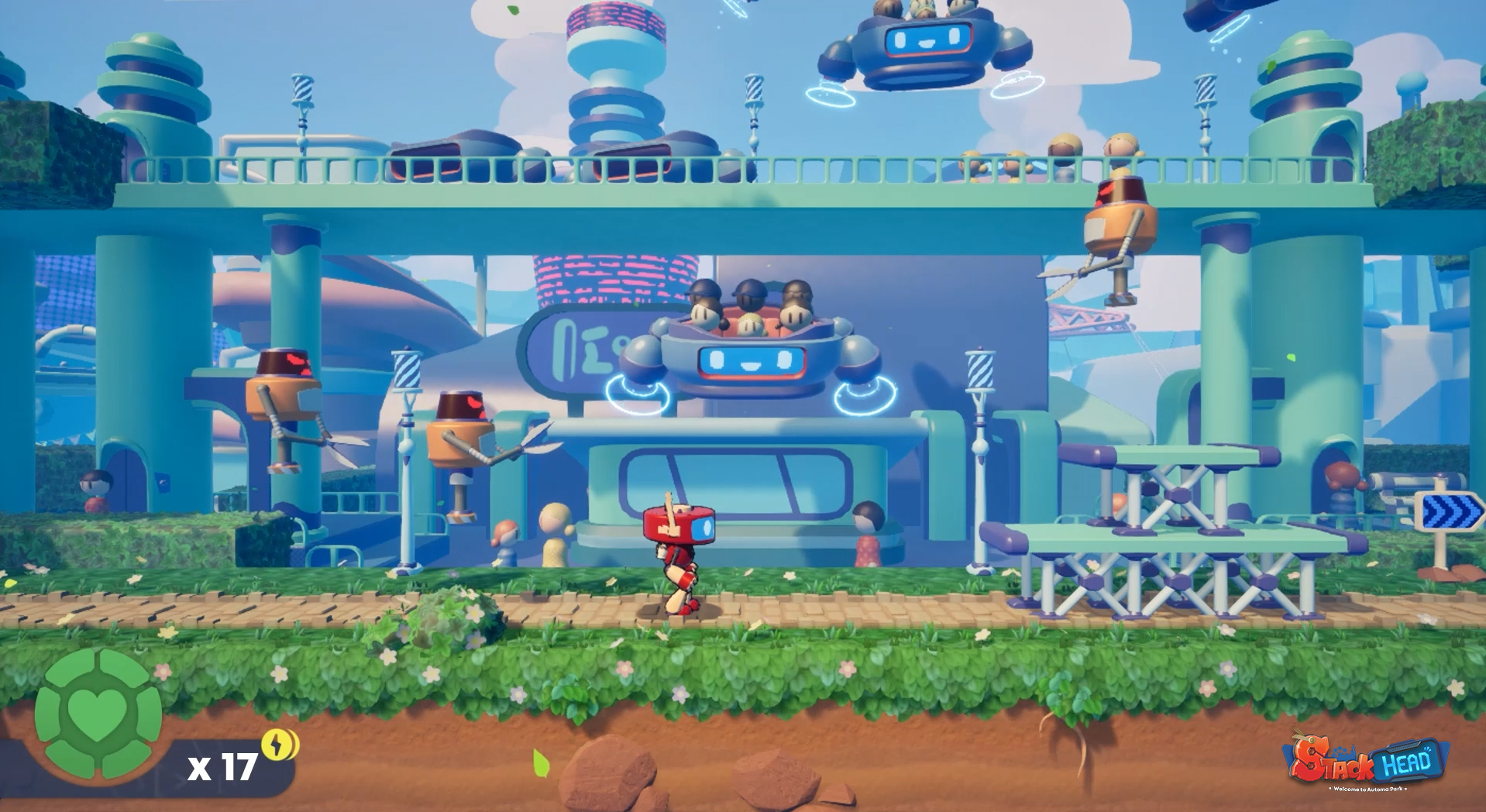
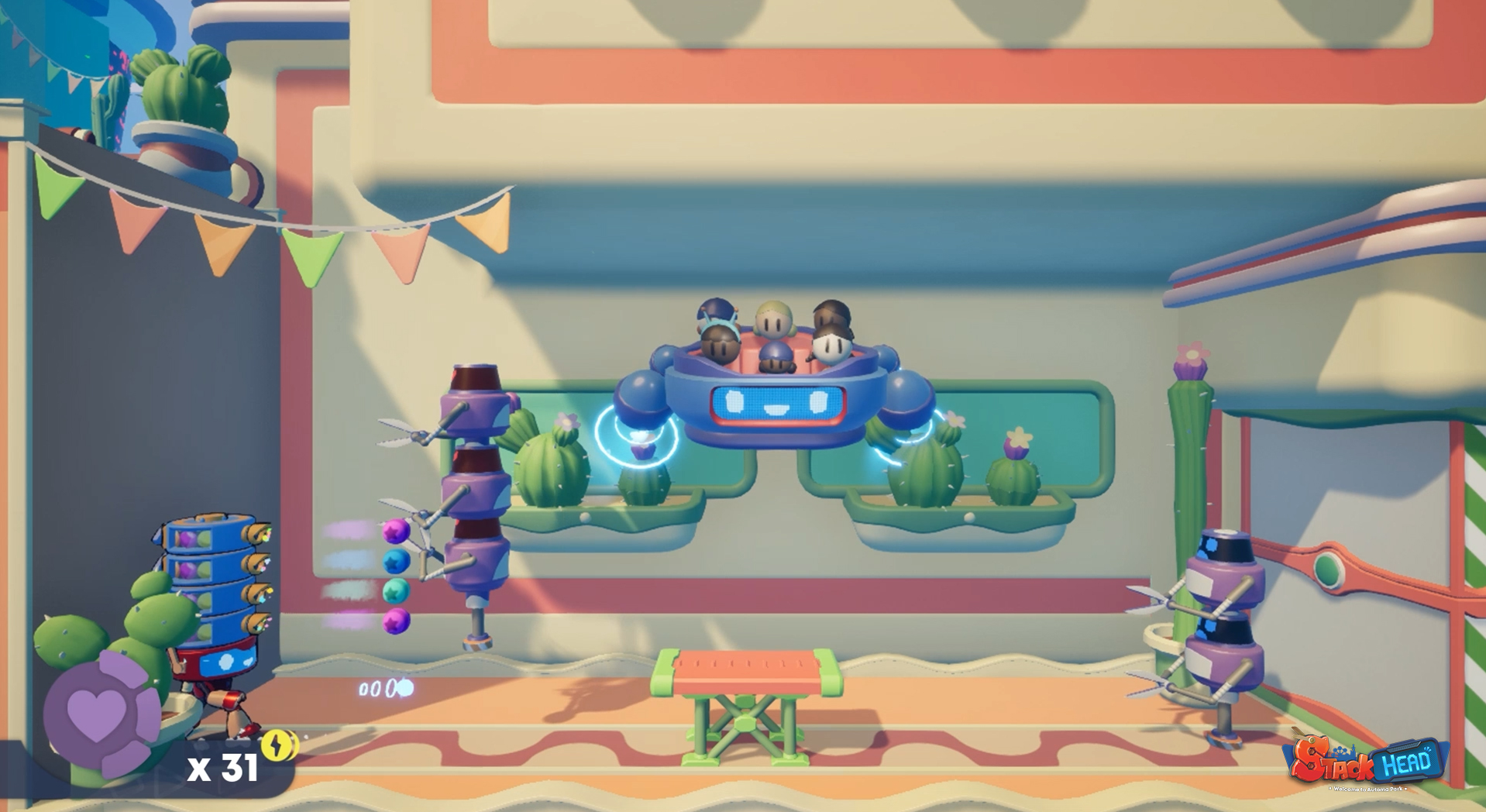
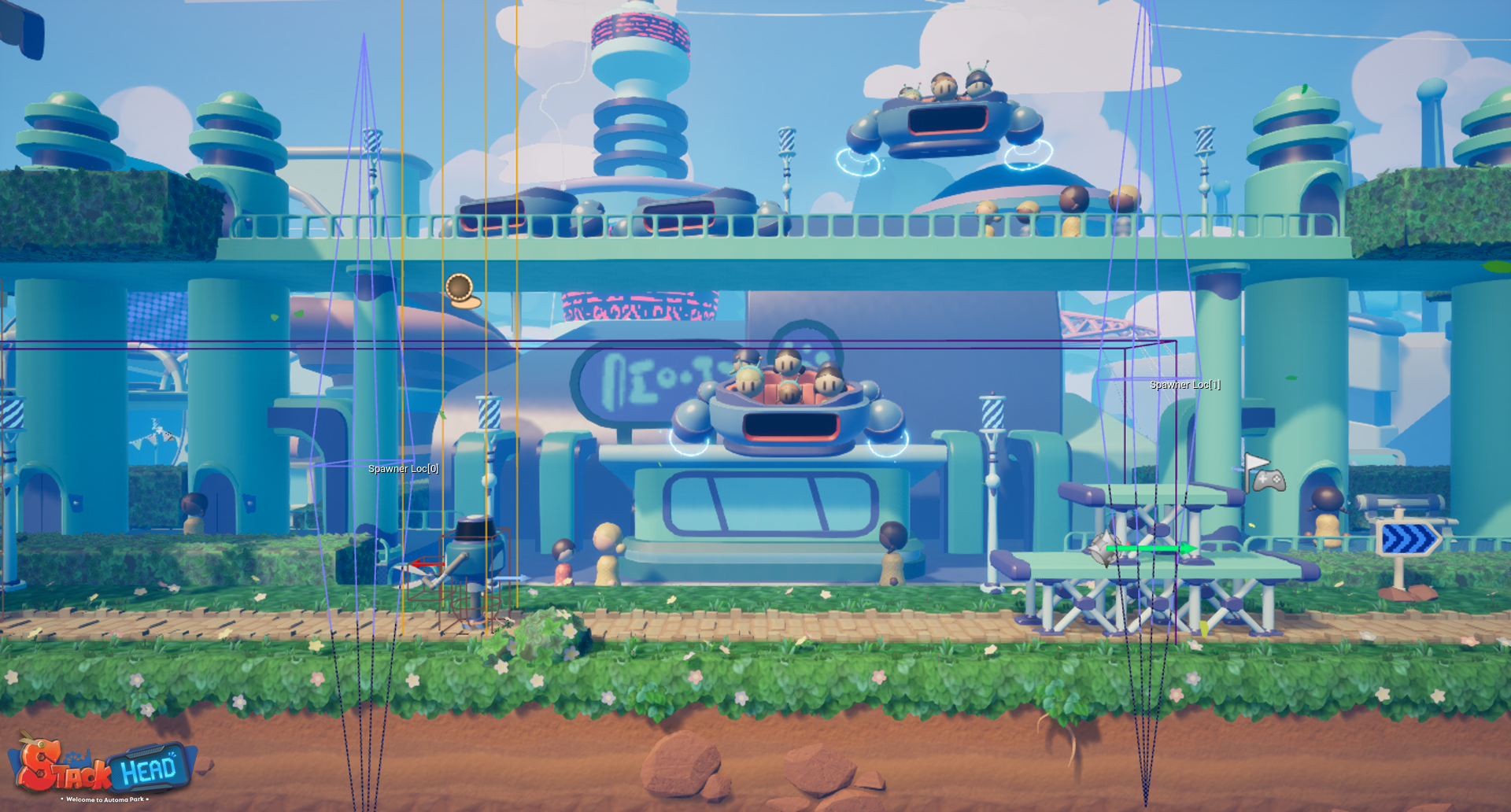
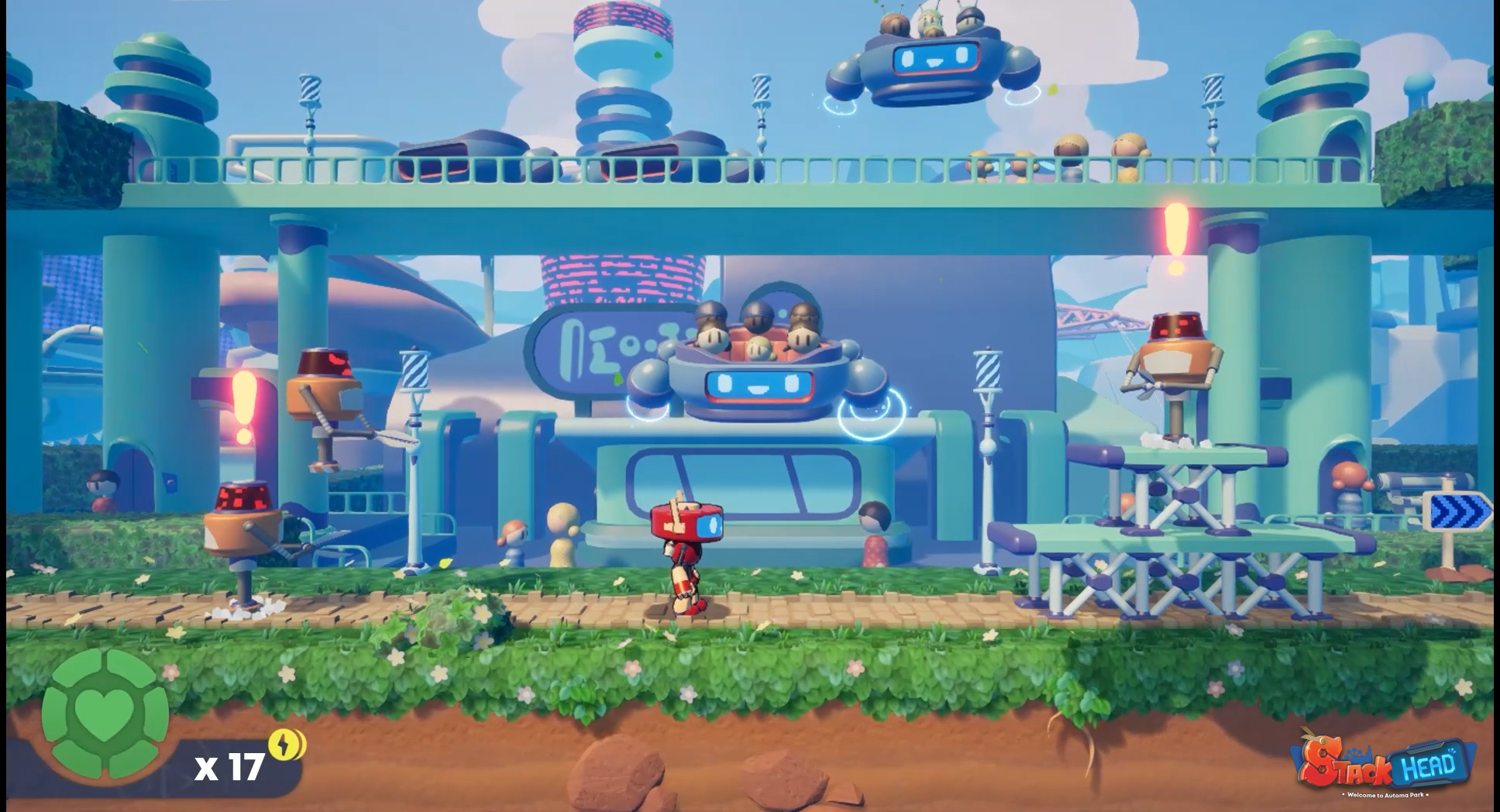

Aggressive park staff with no brakes.
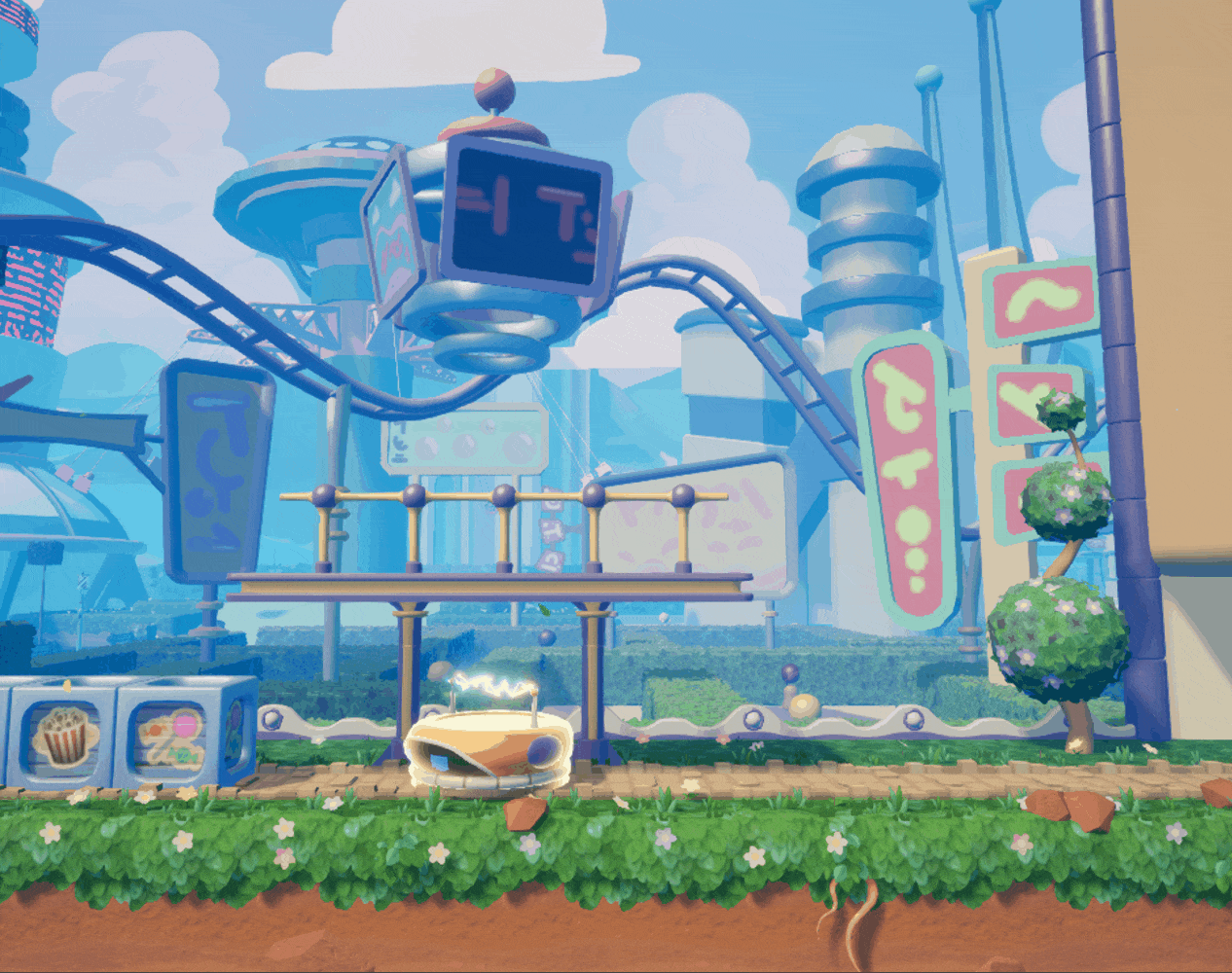

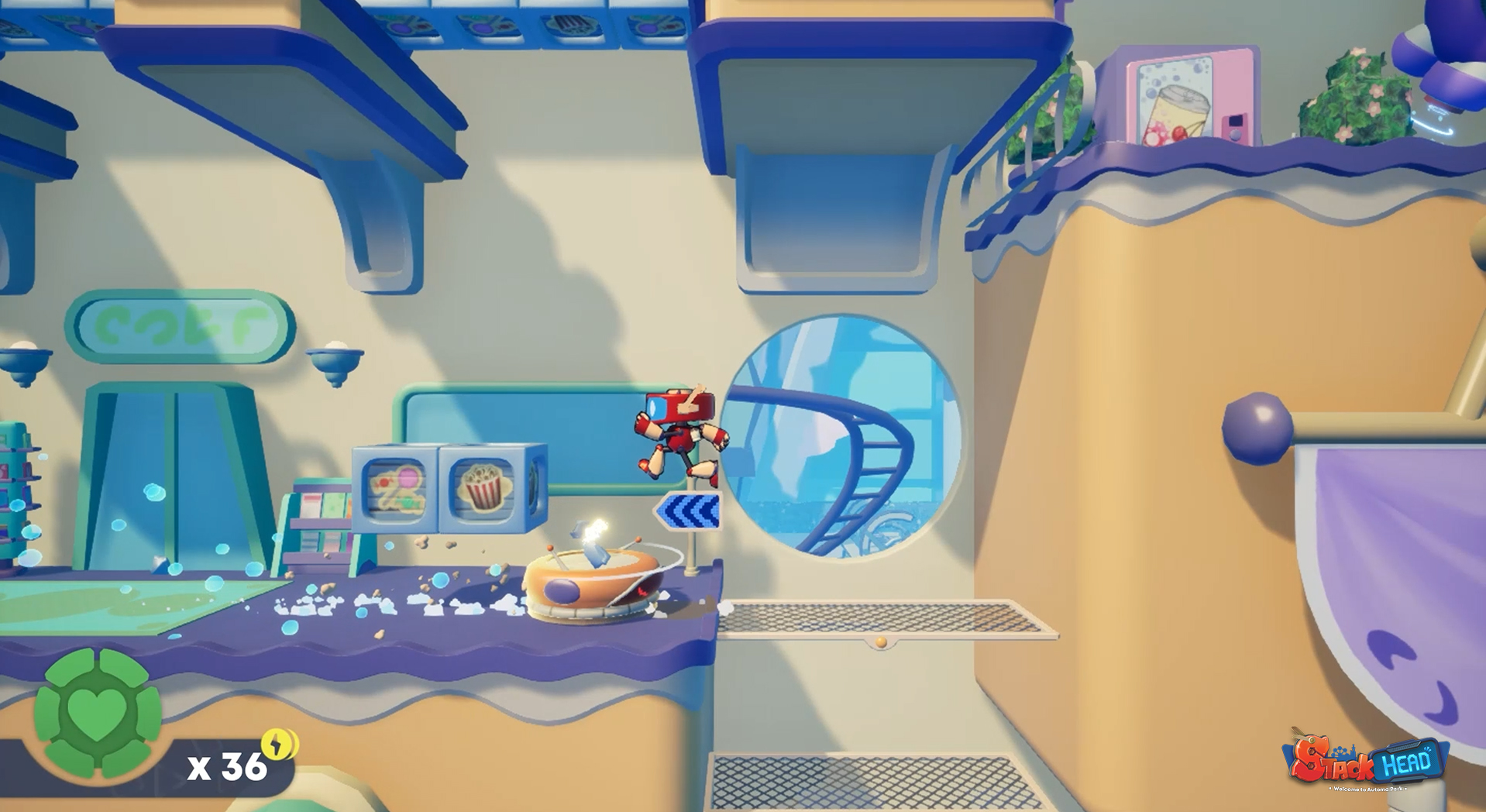
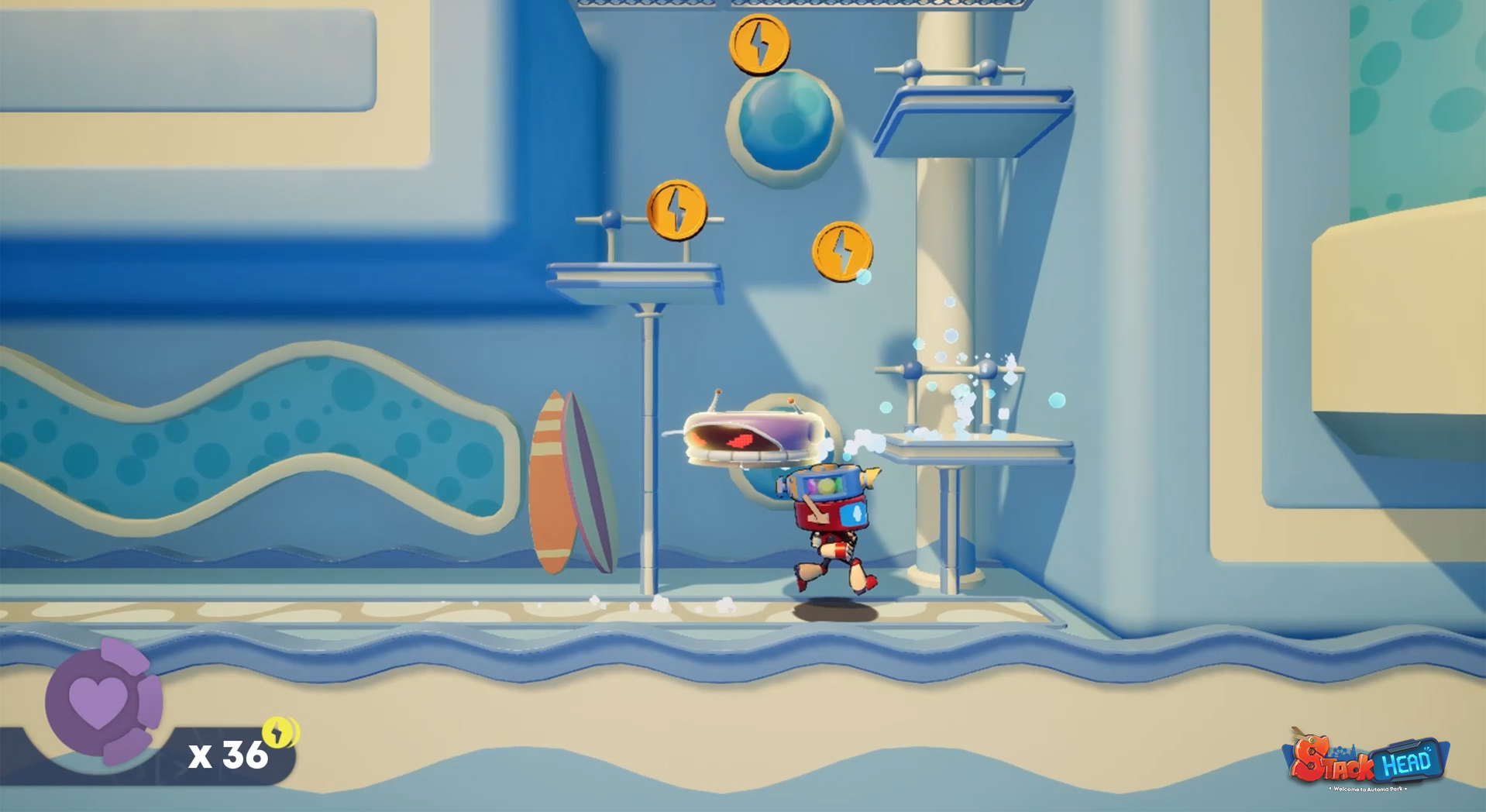
Security cameras turned kamikaze drones.
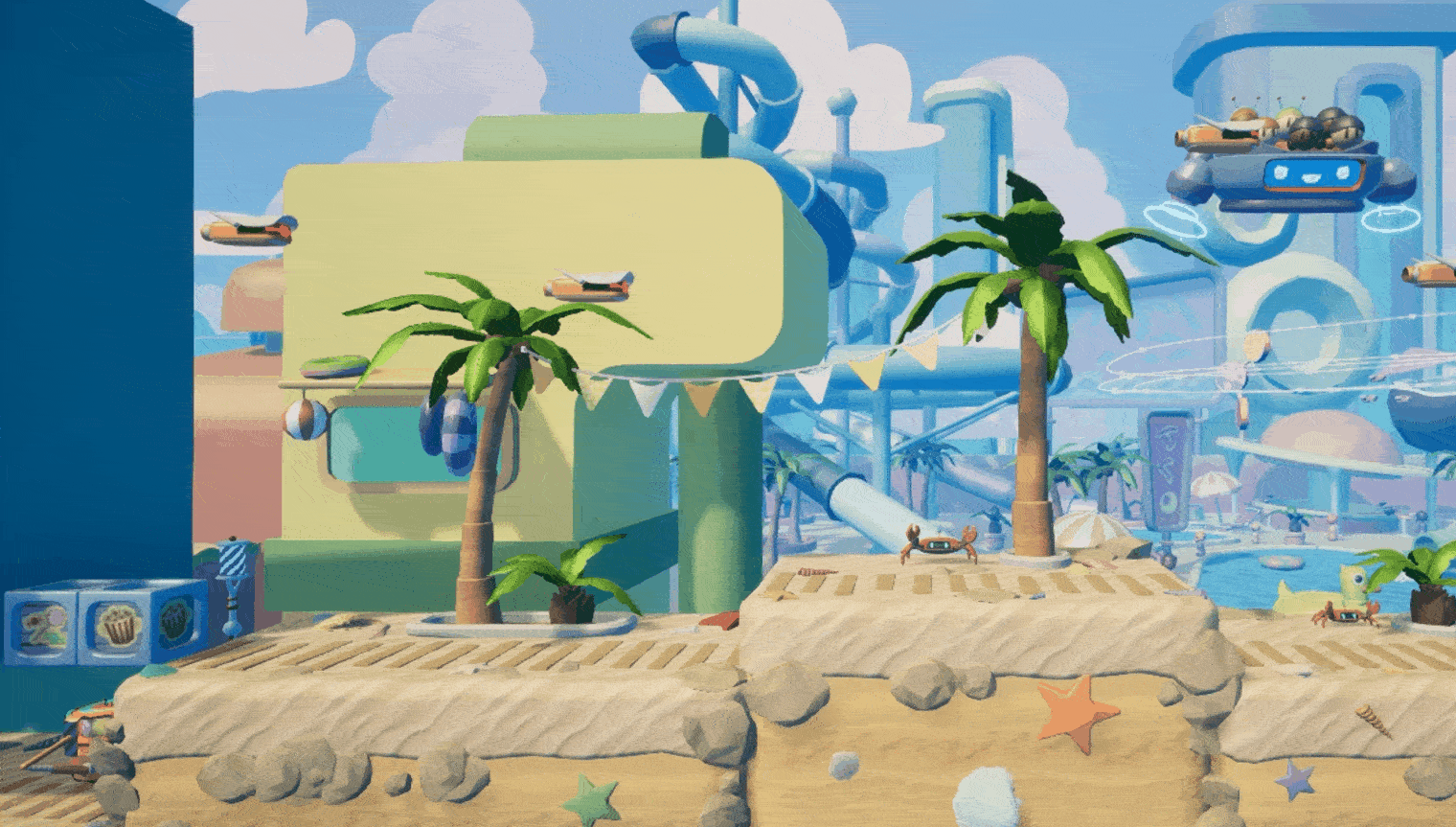

.gif)
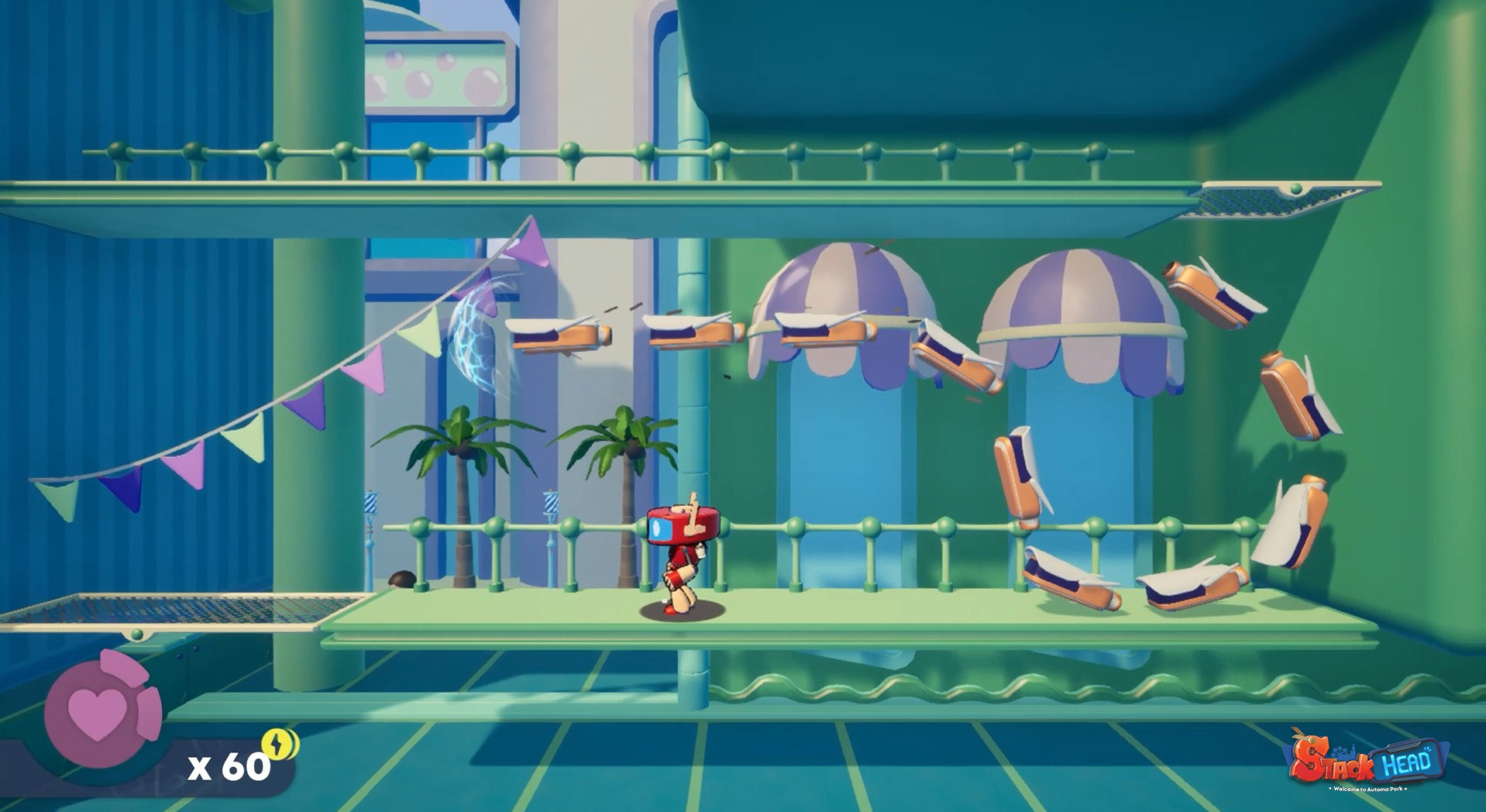
Armed maintenance bot with modular firepower.
